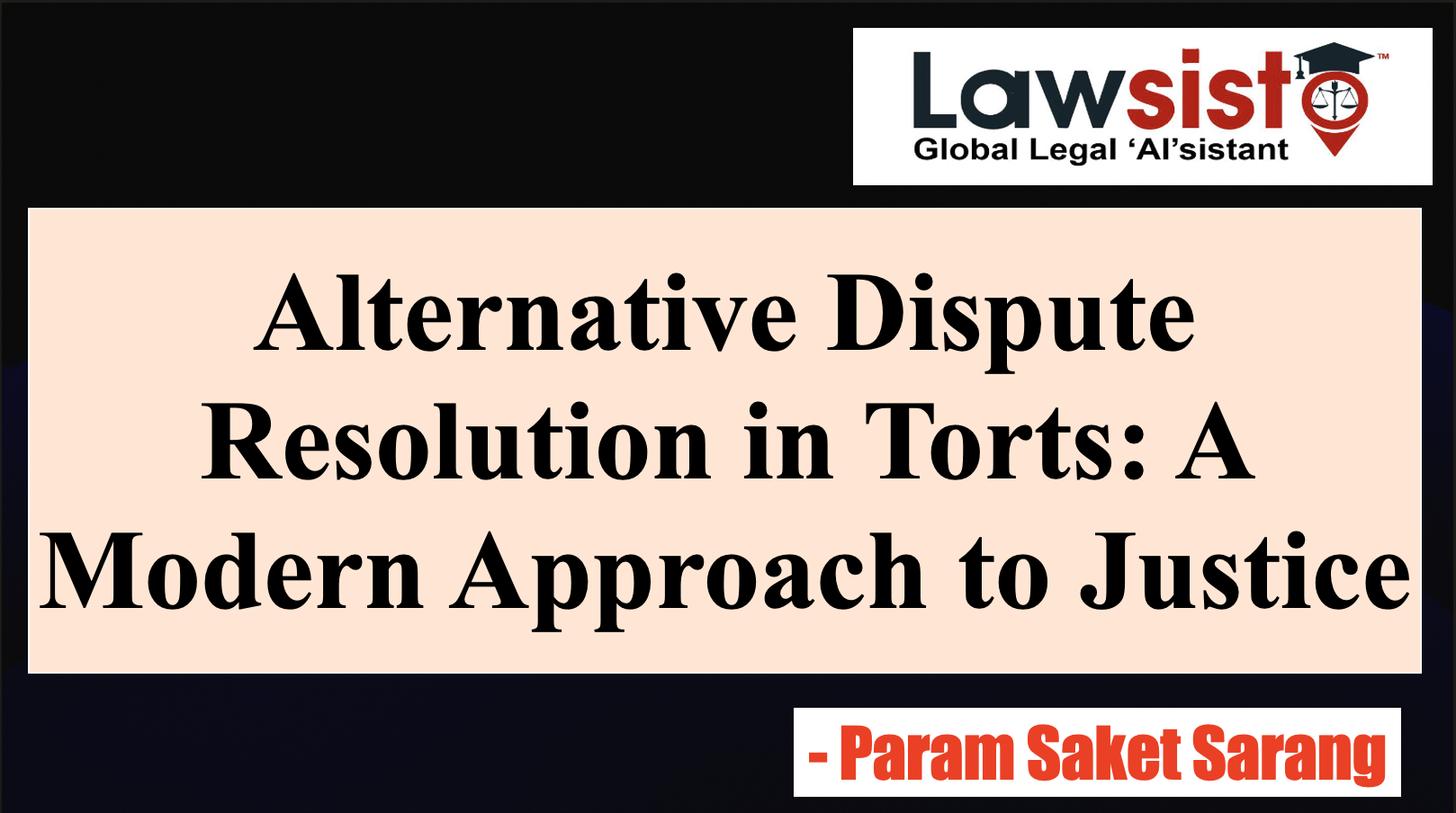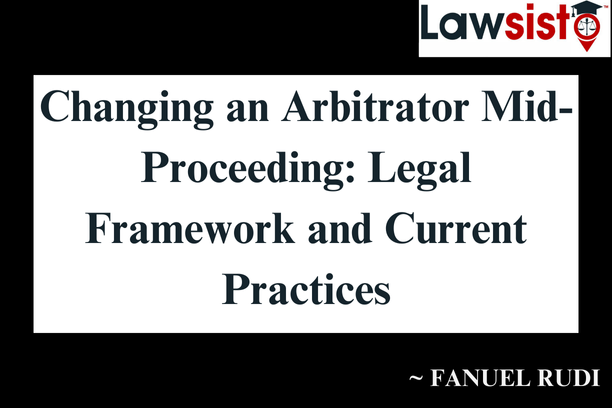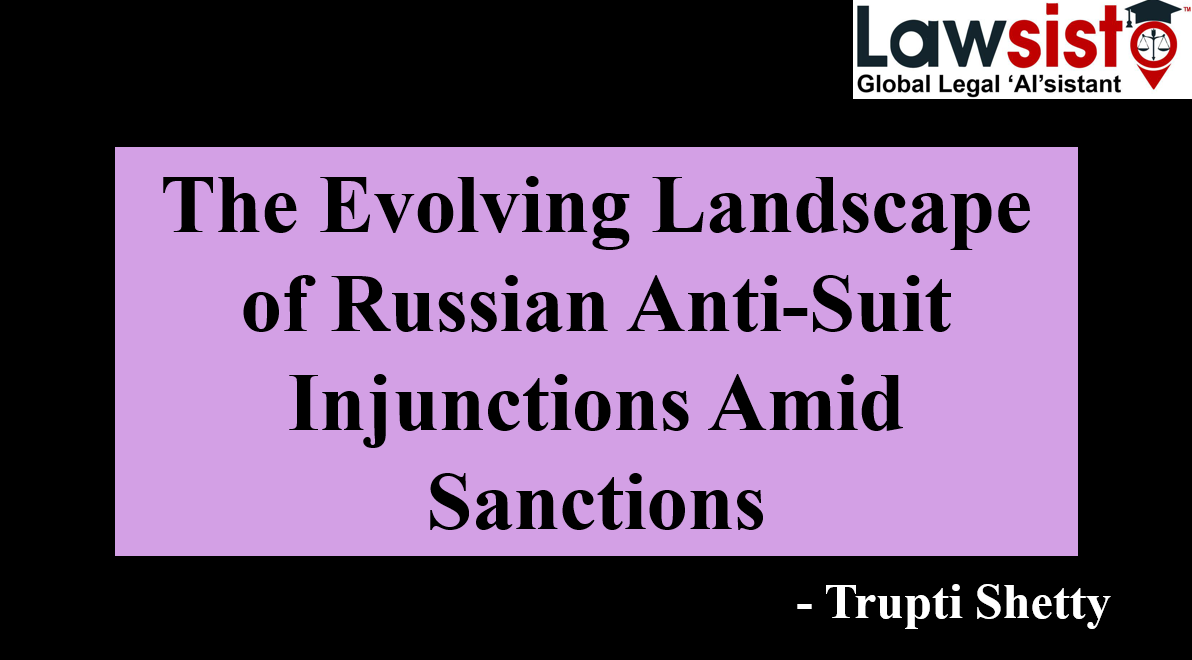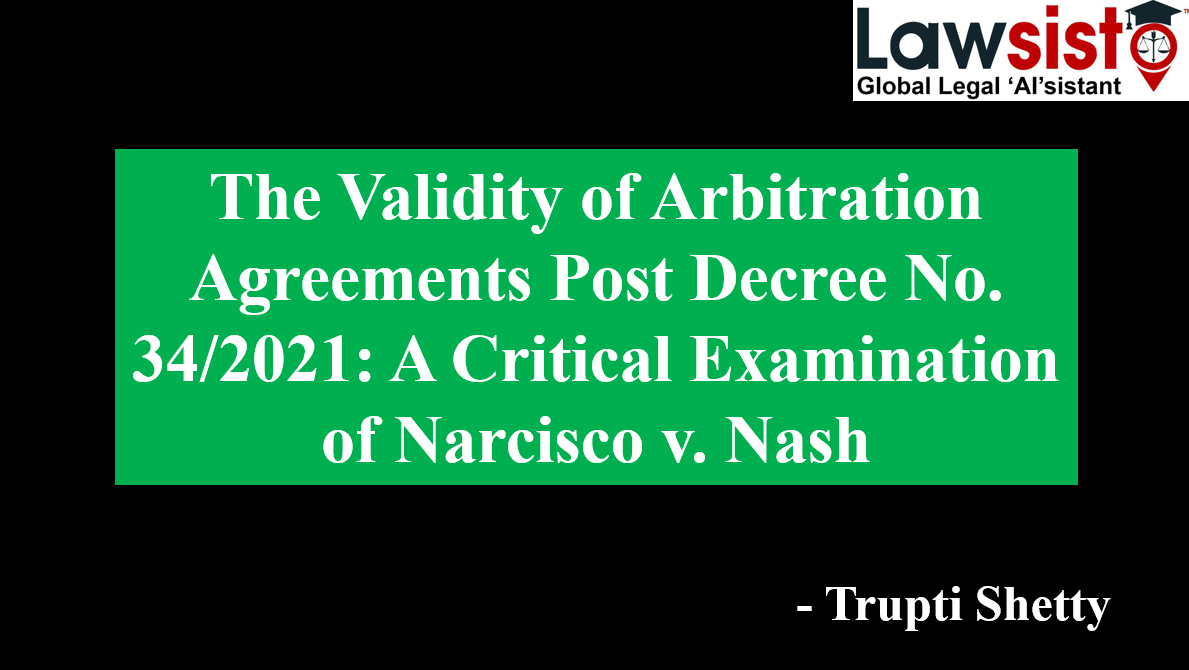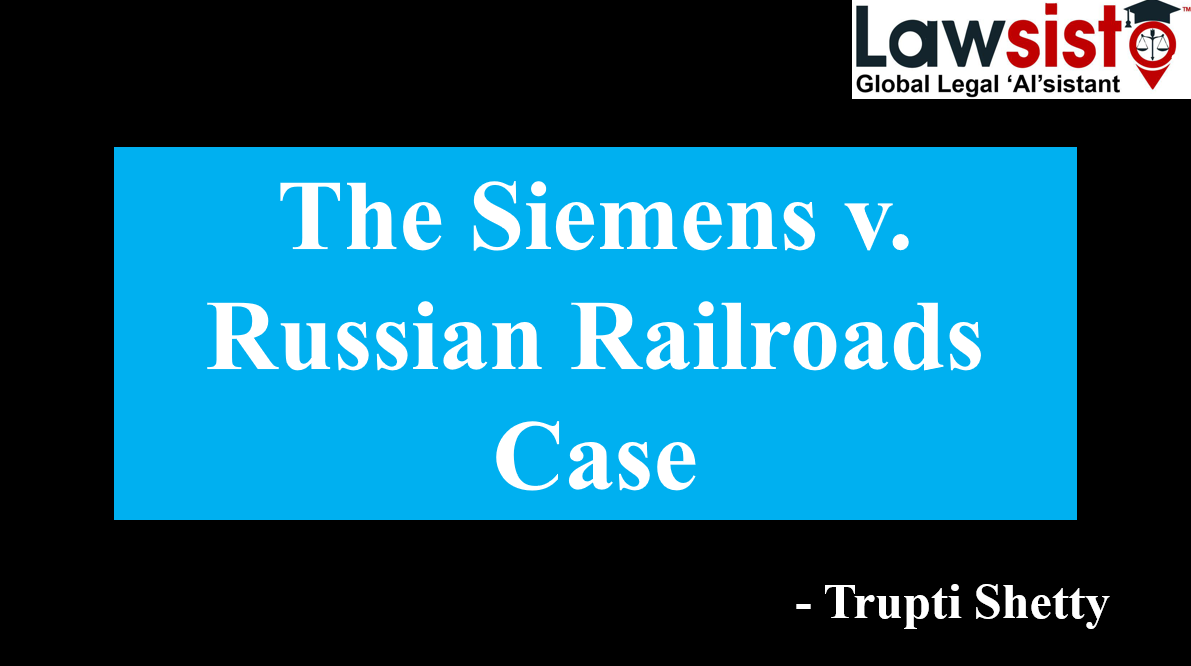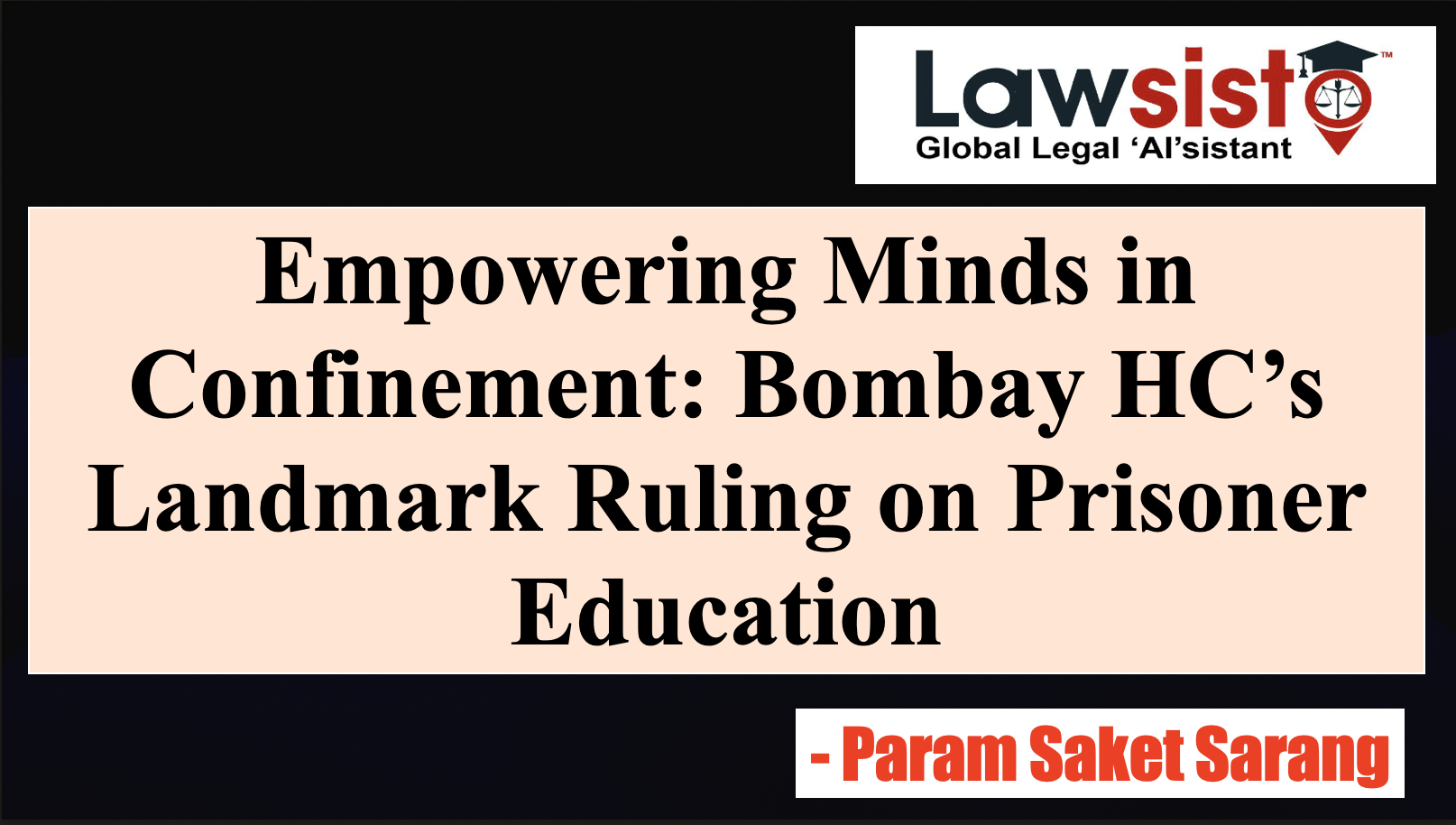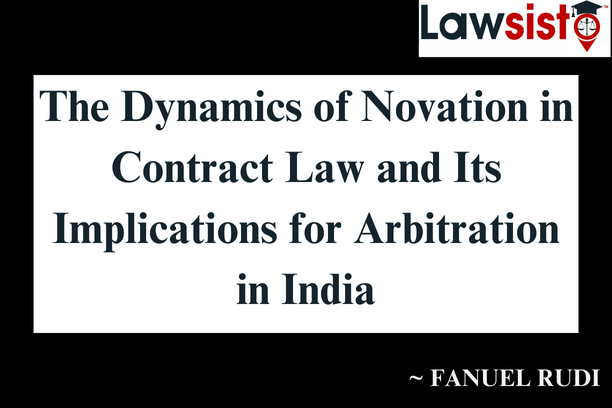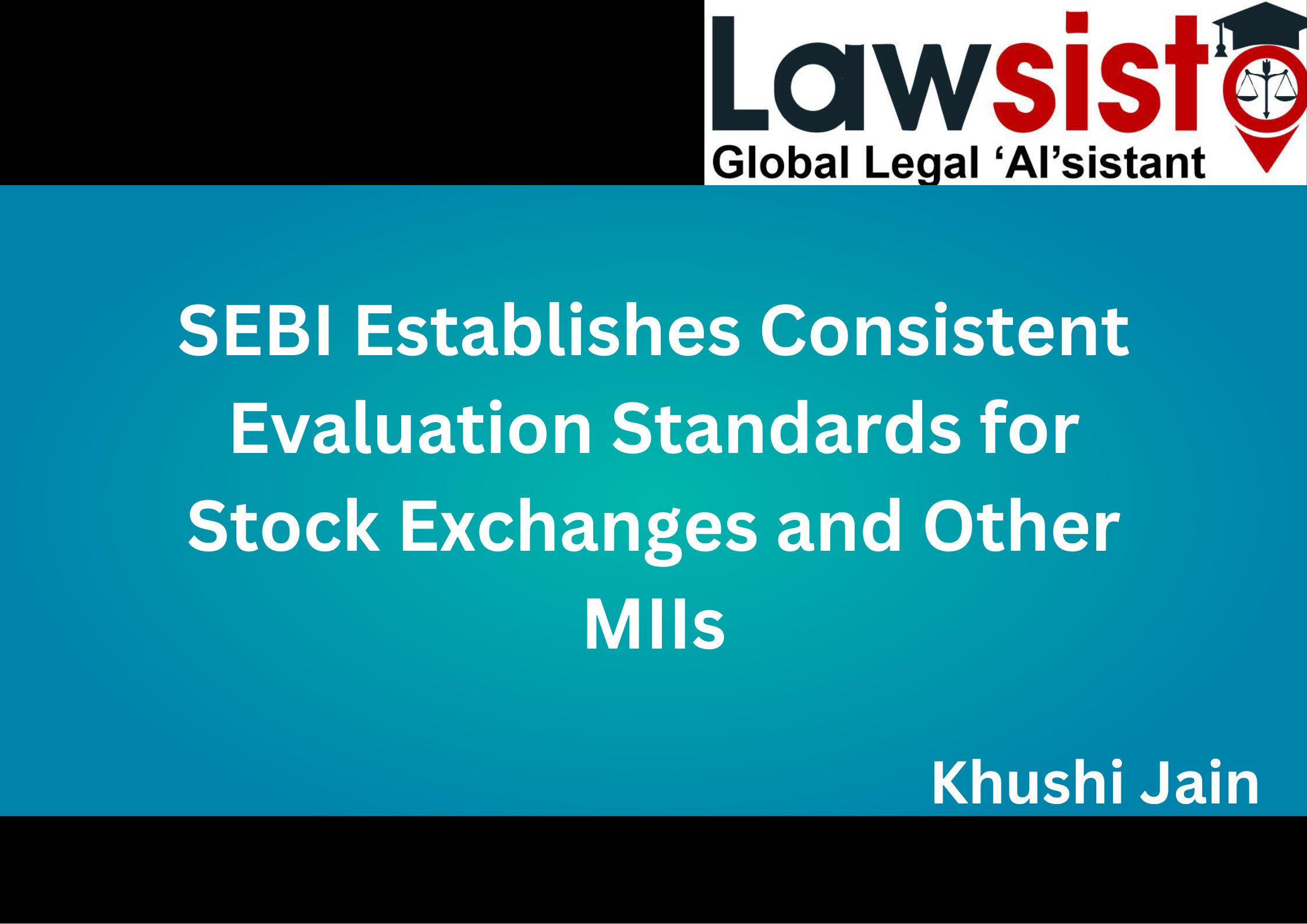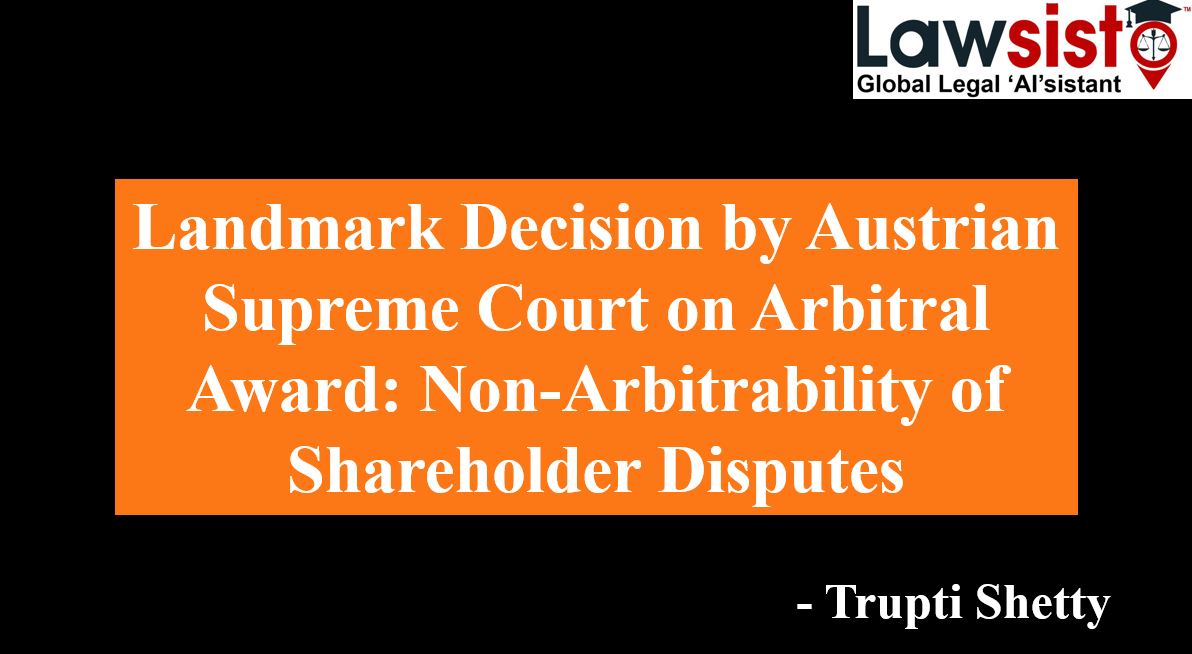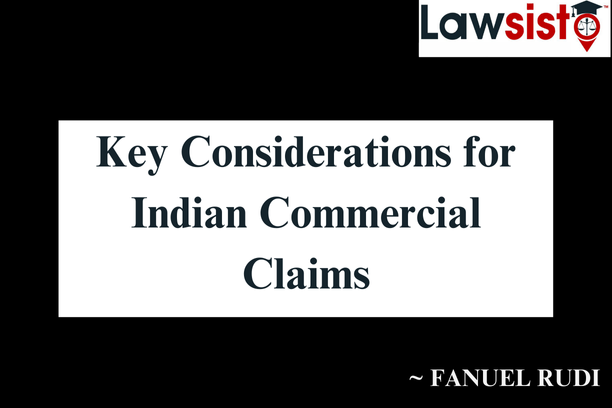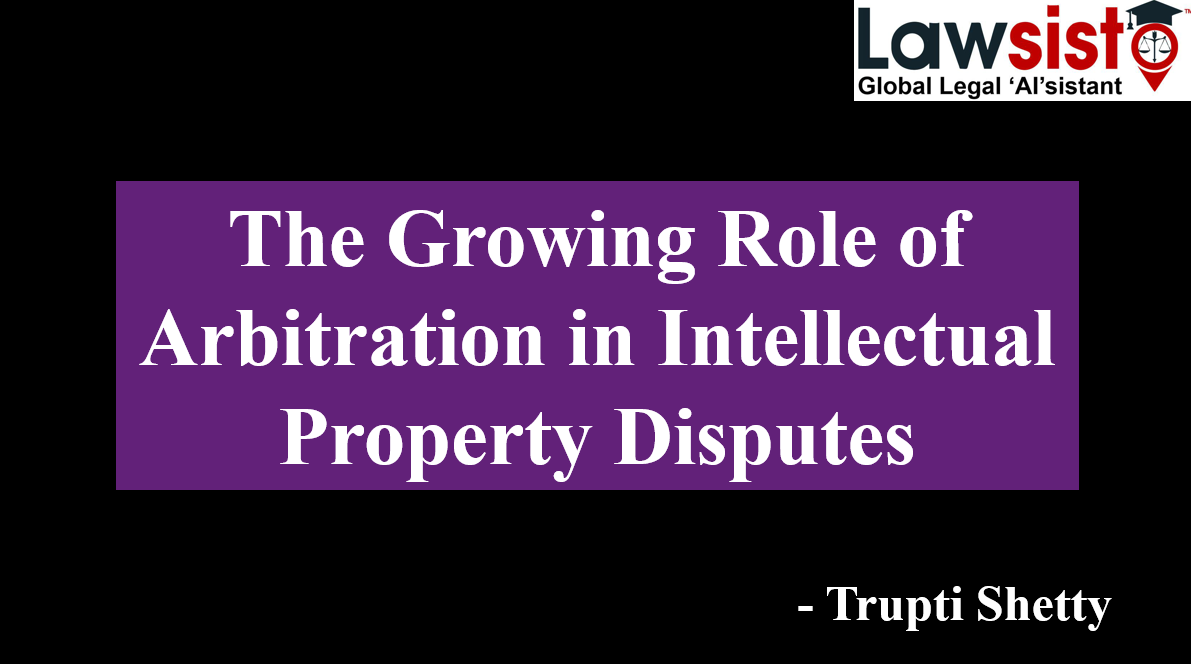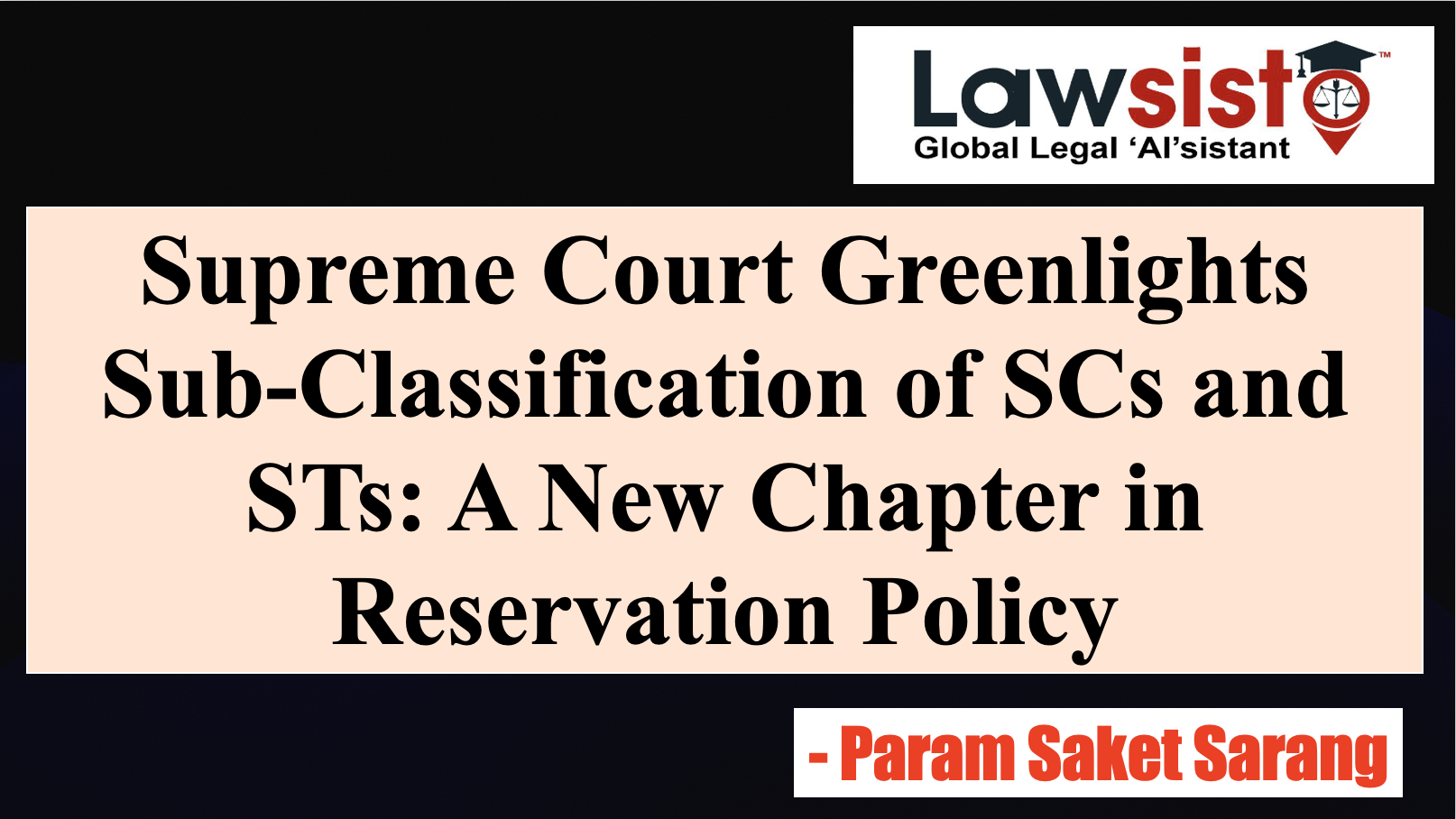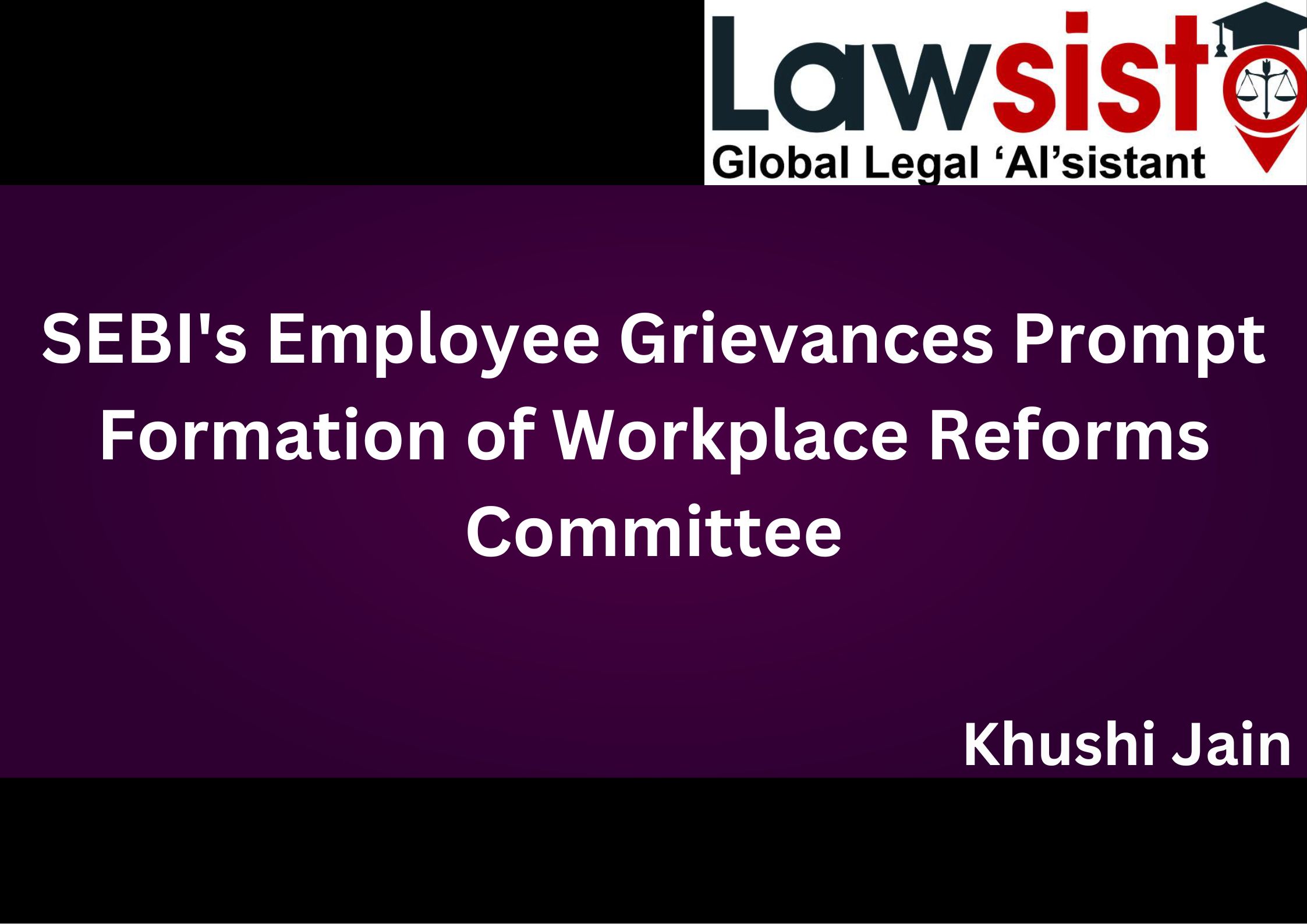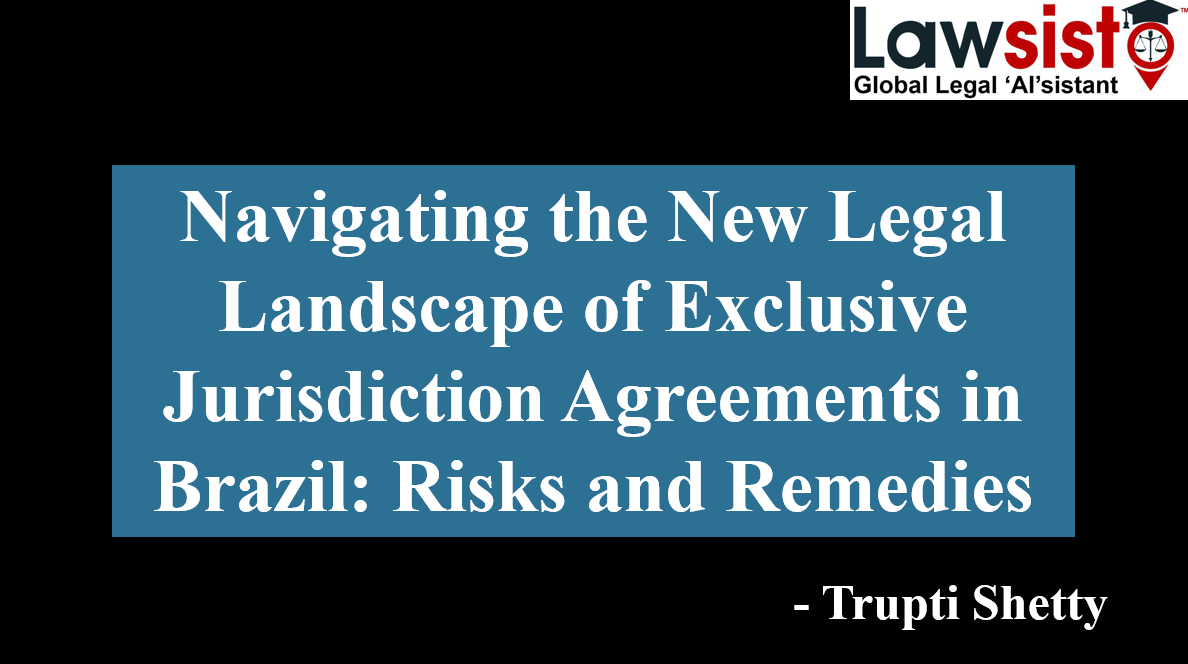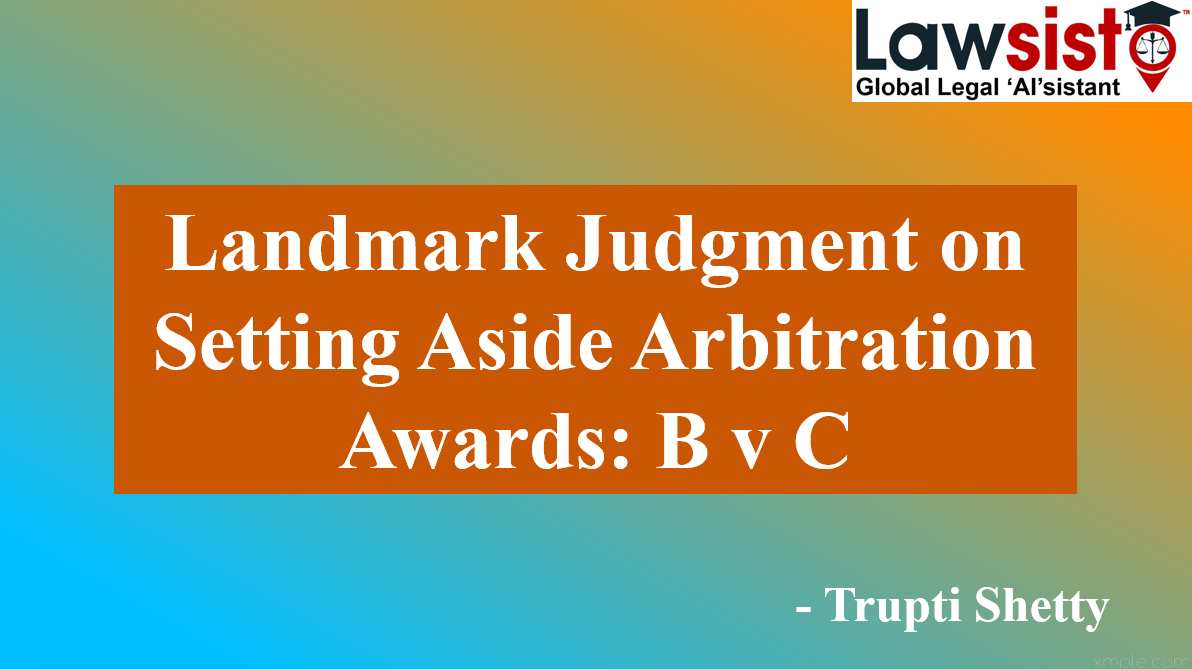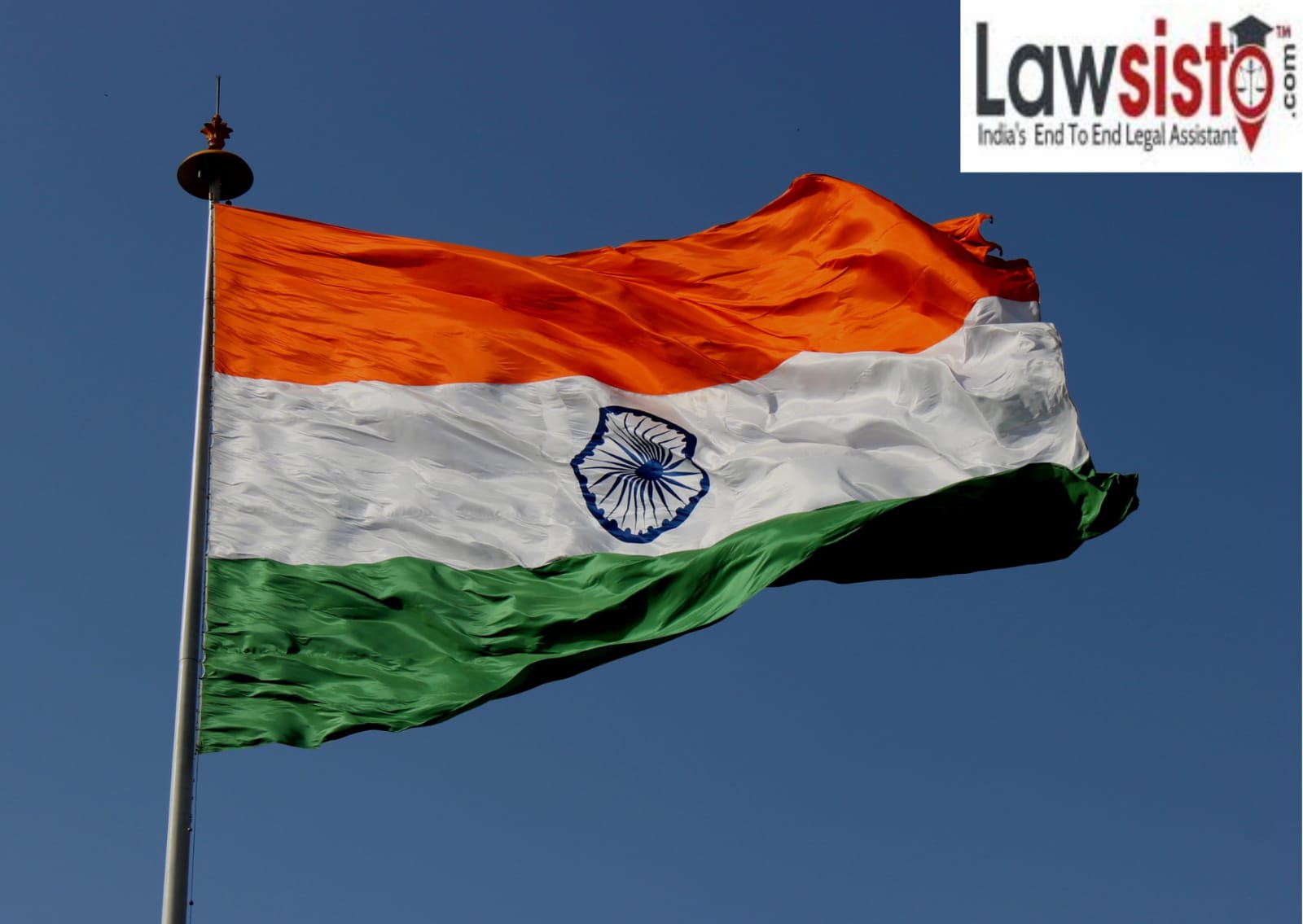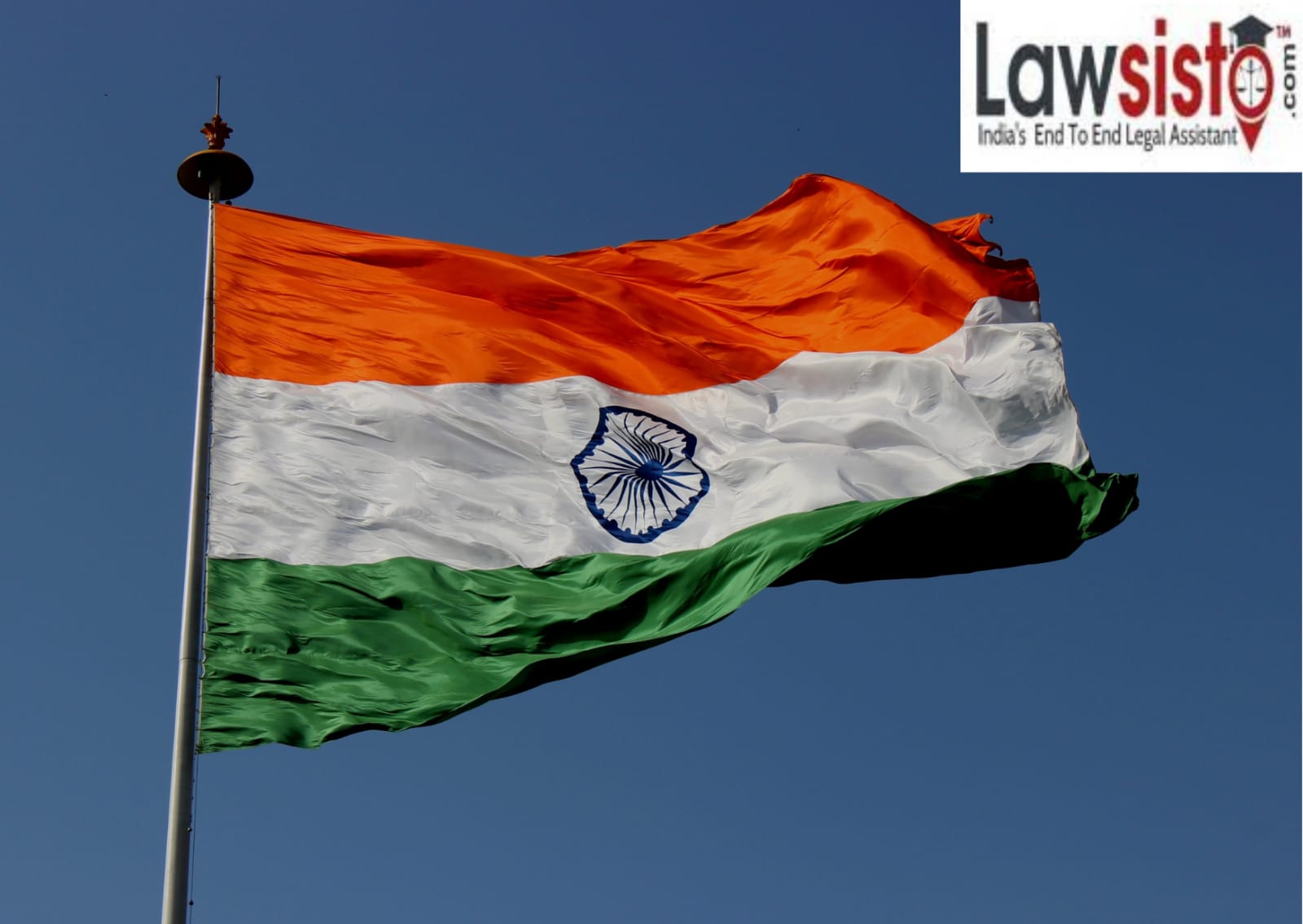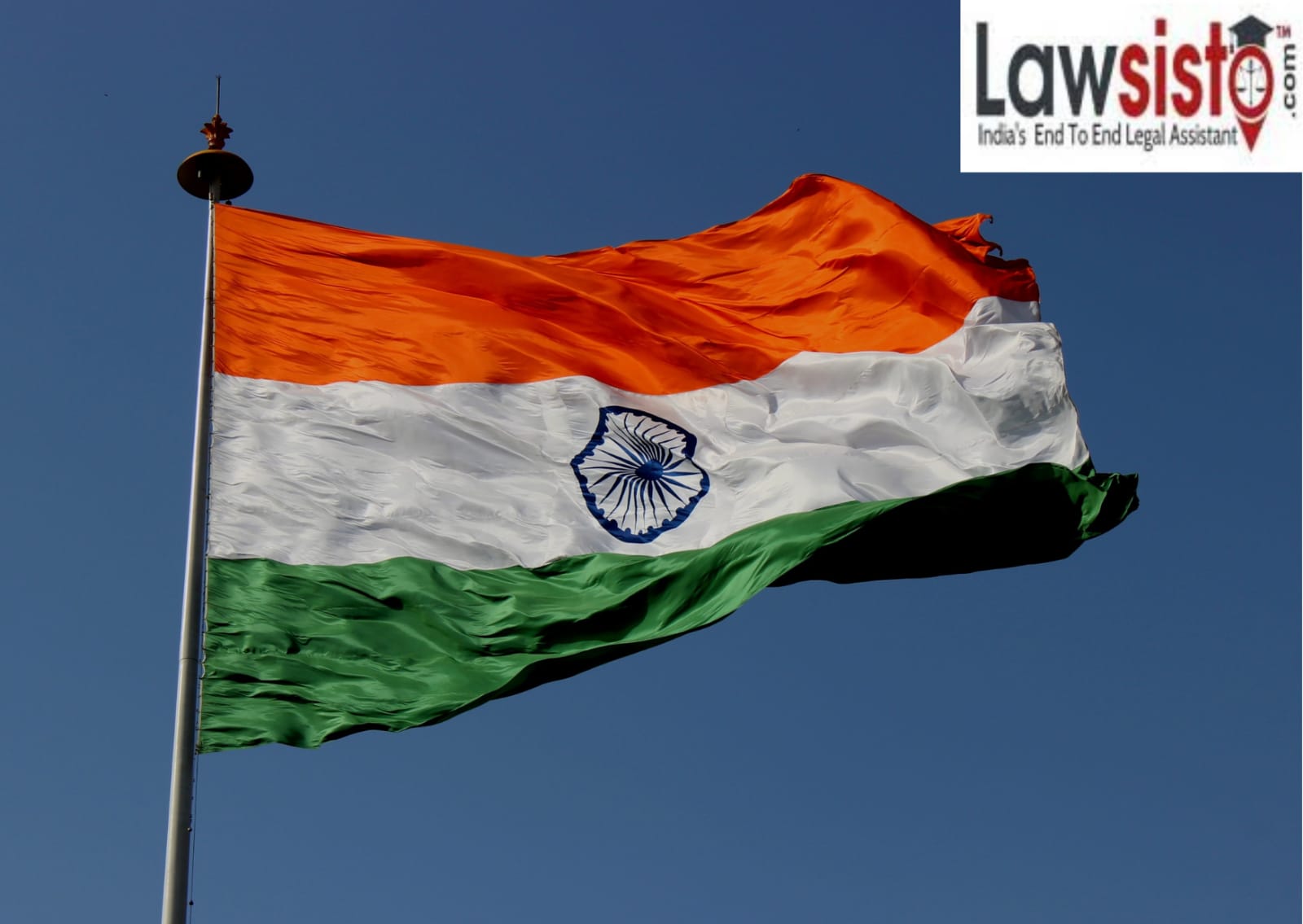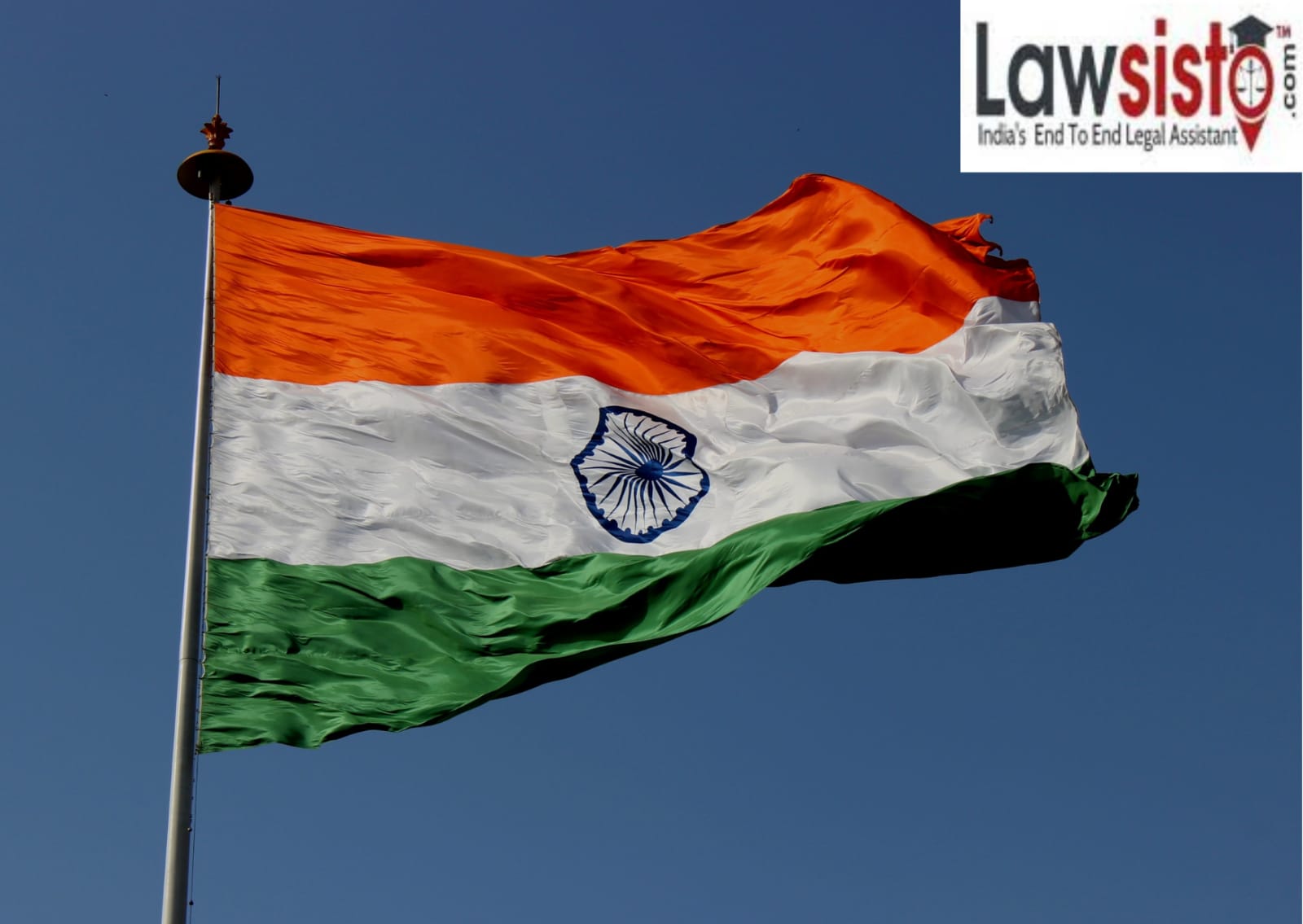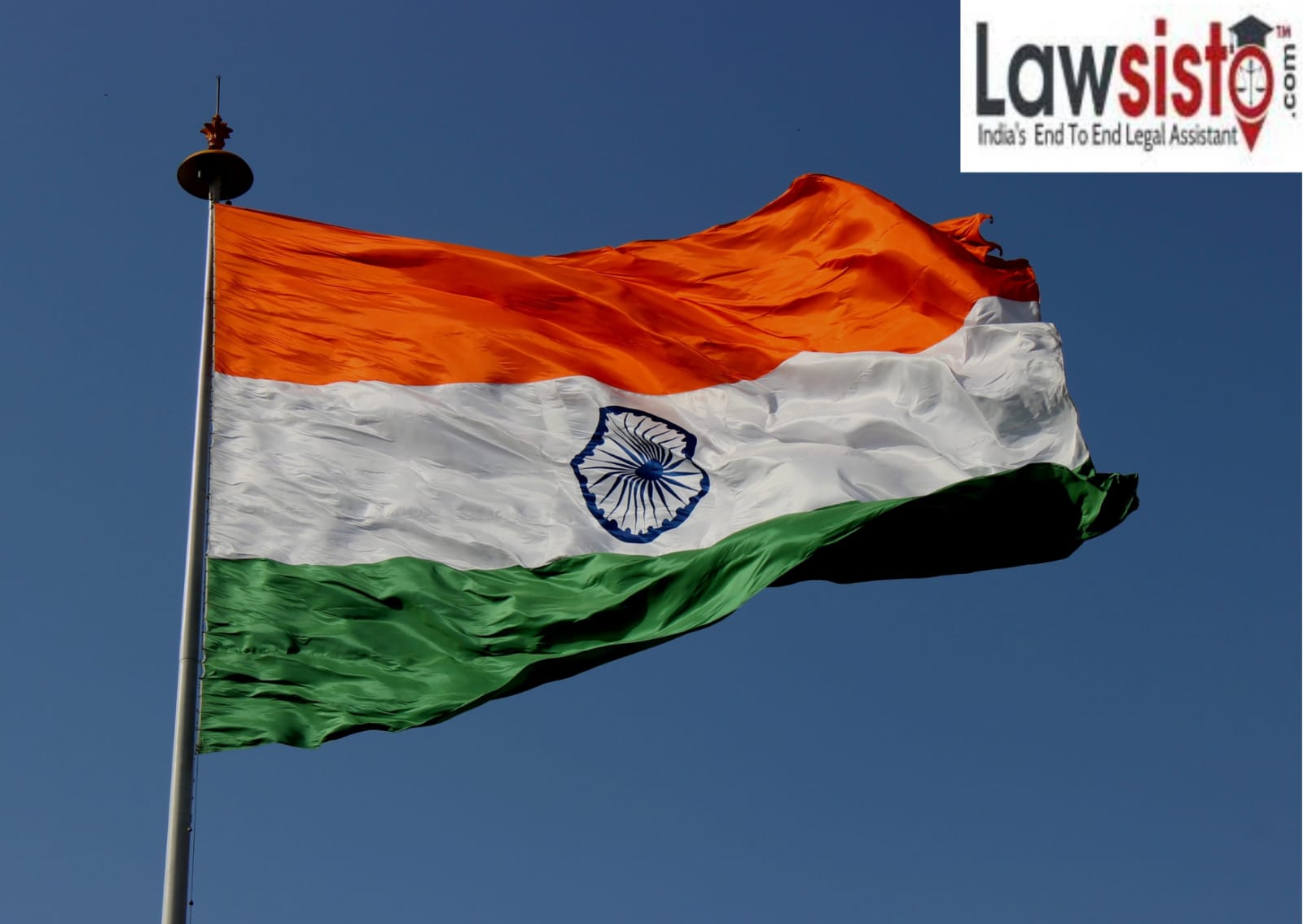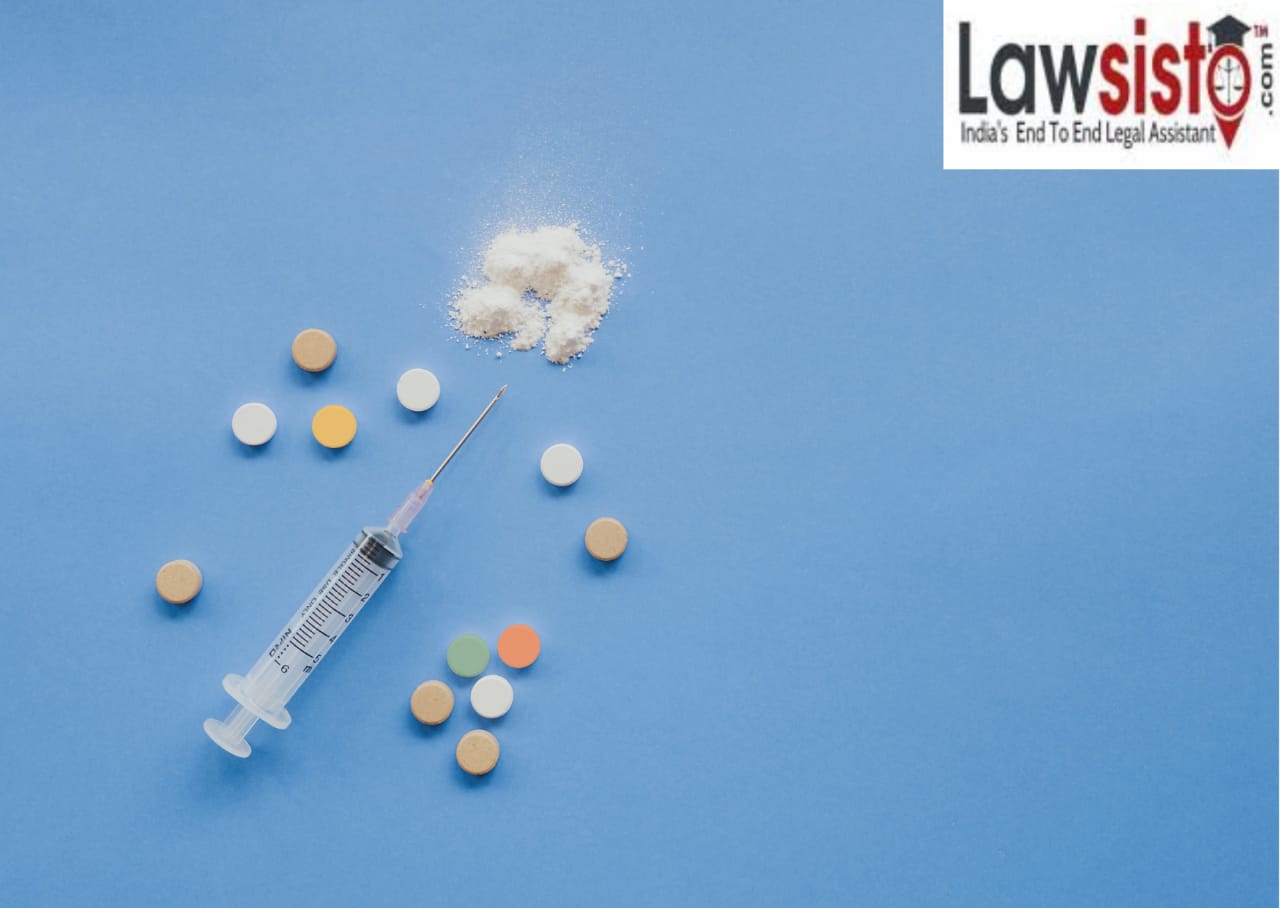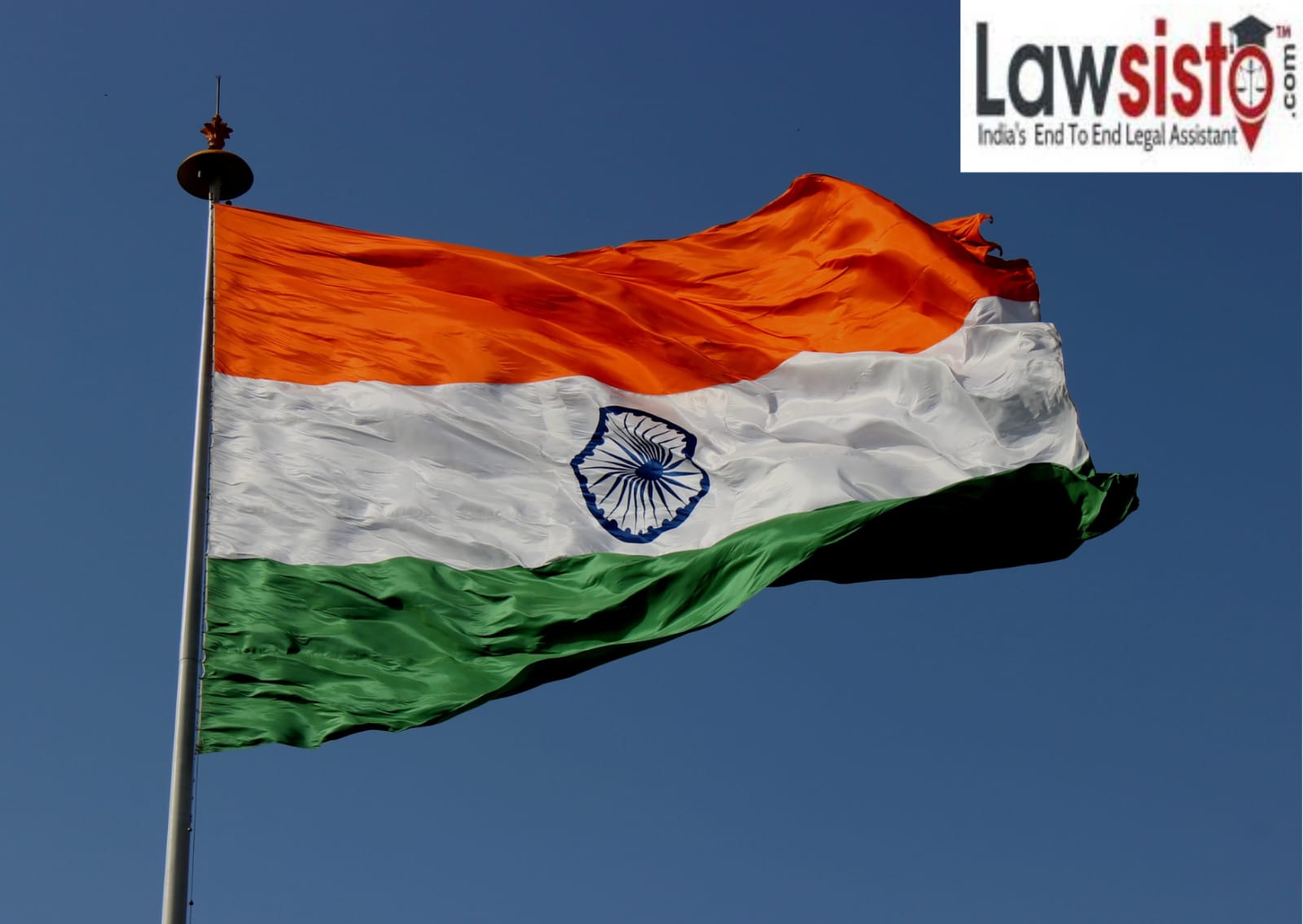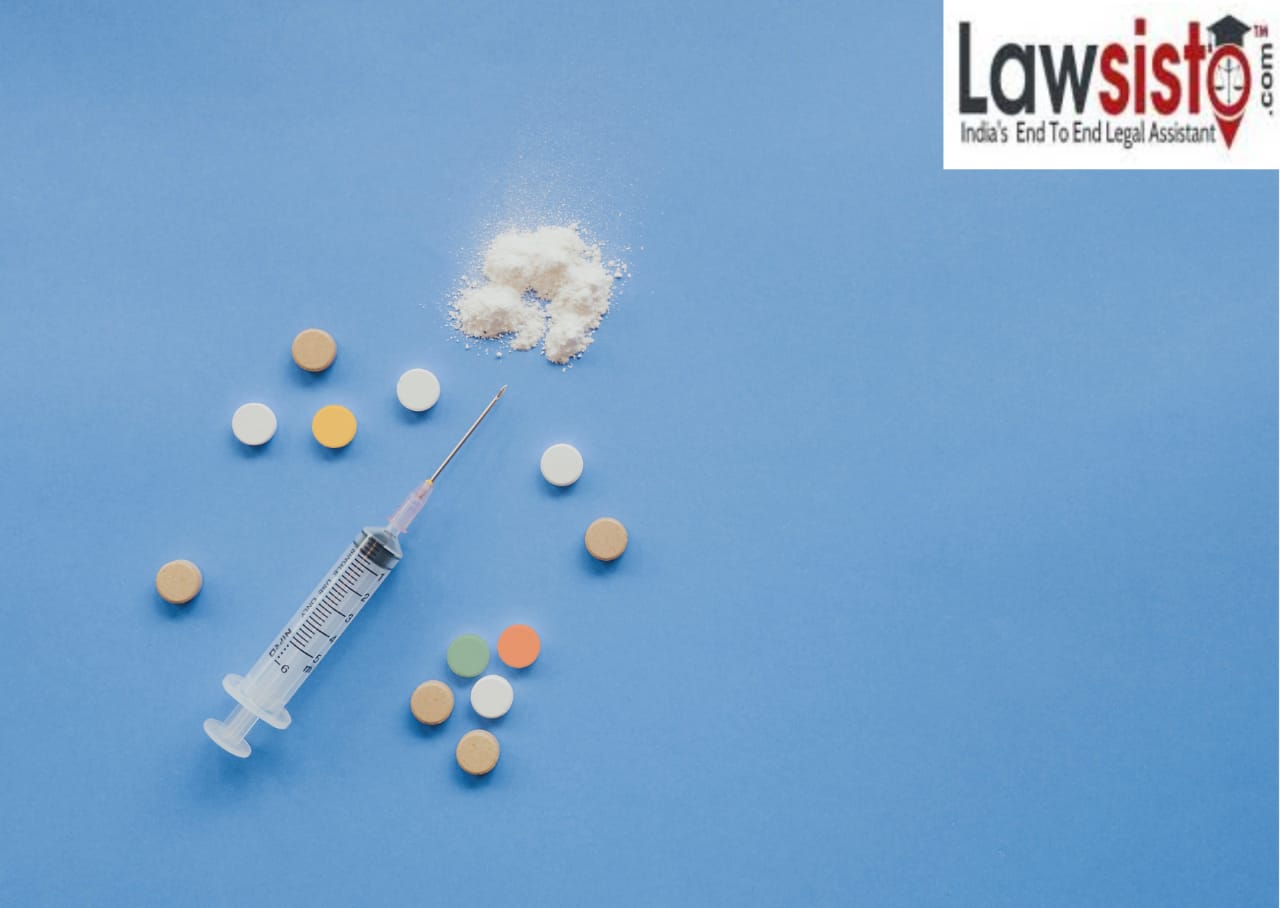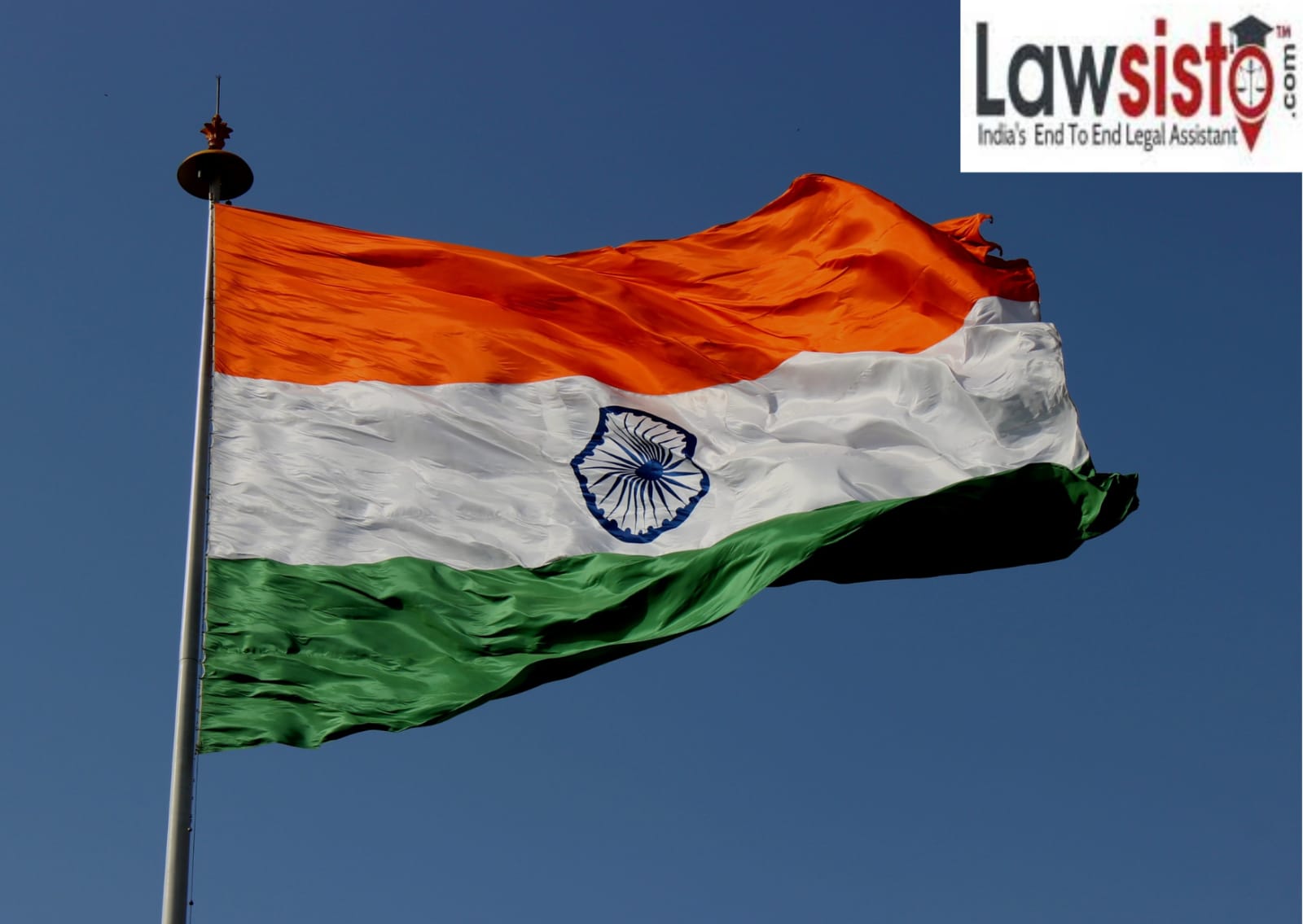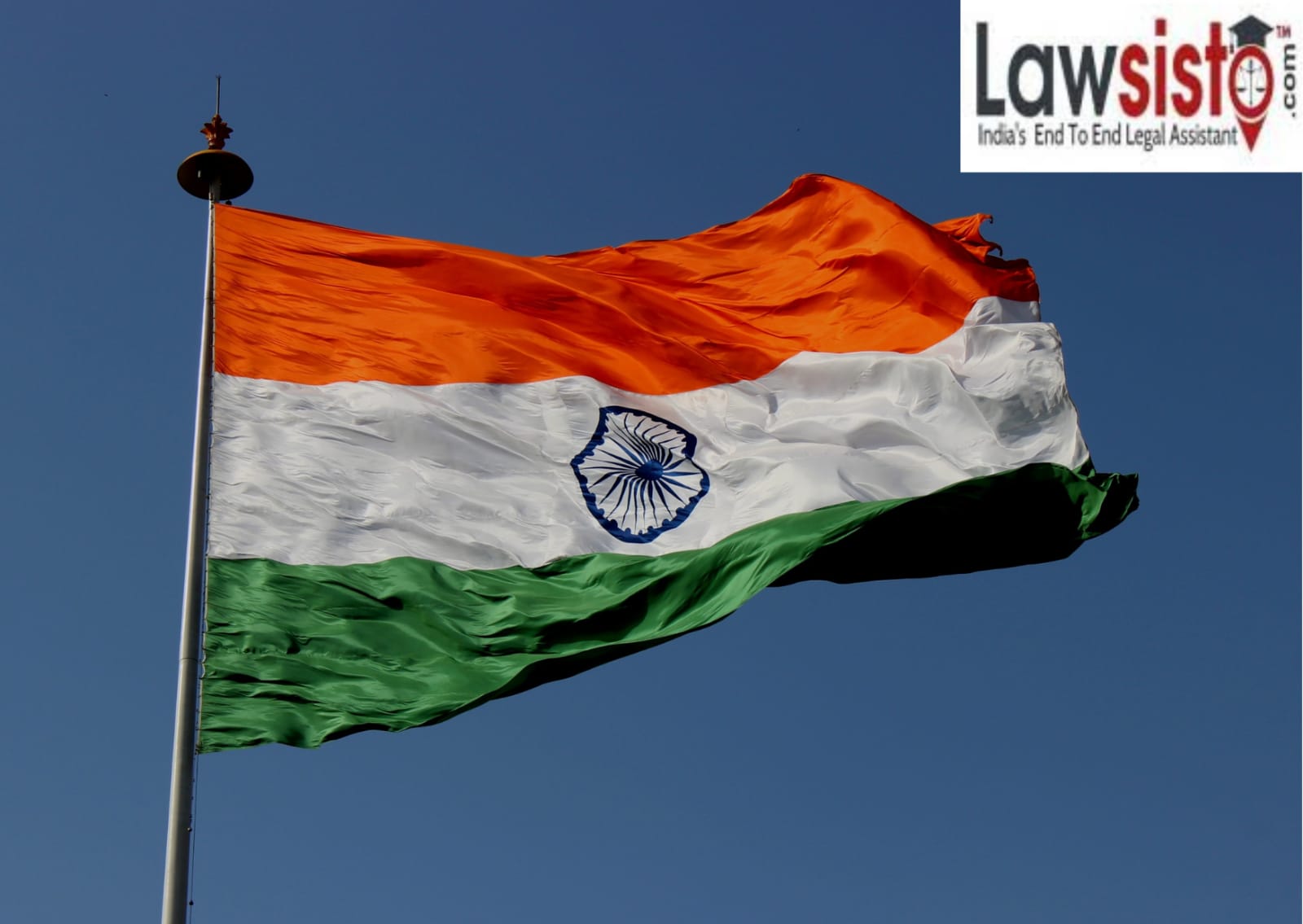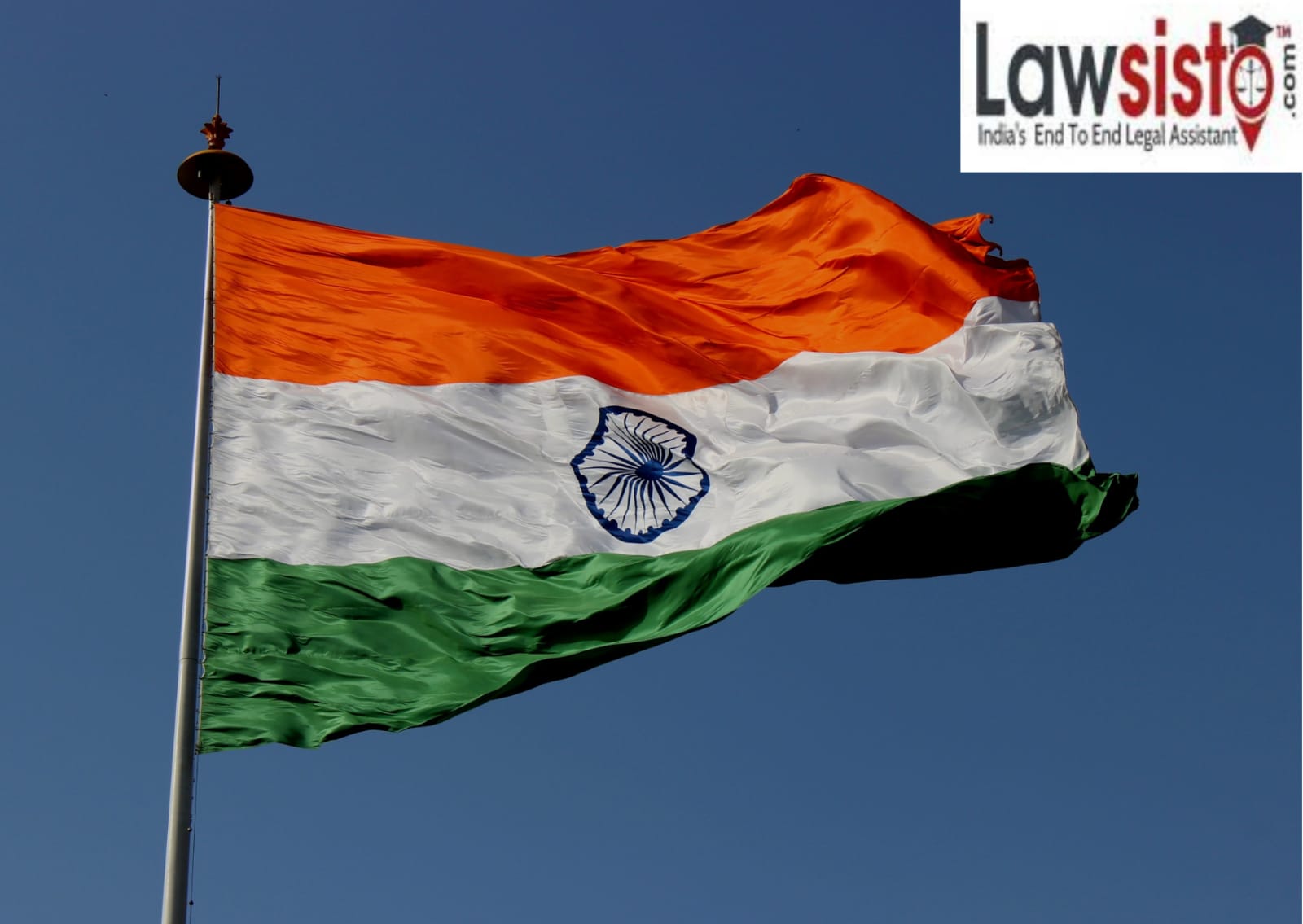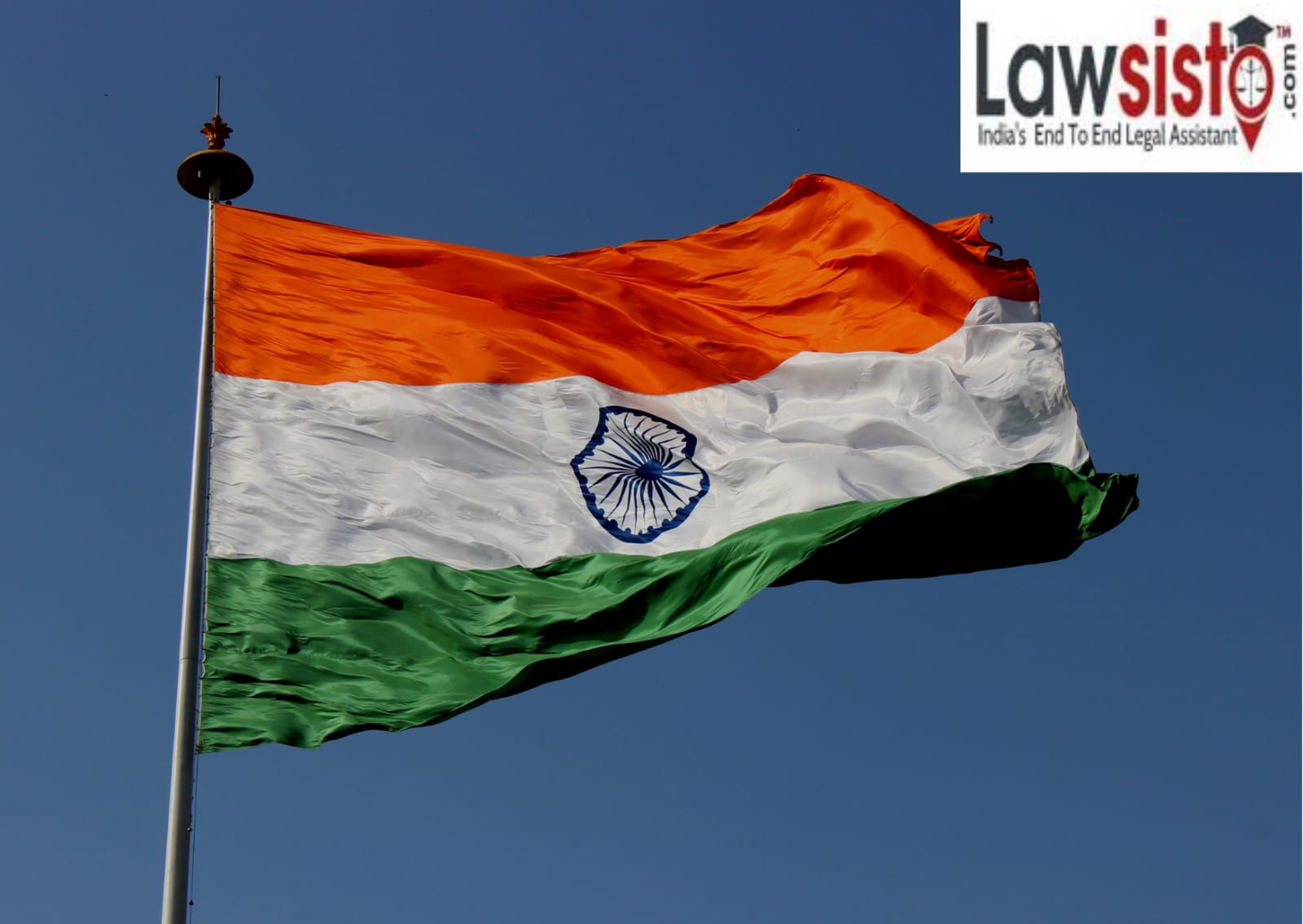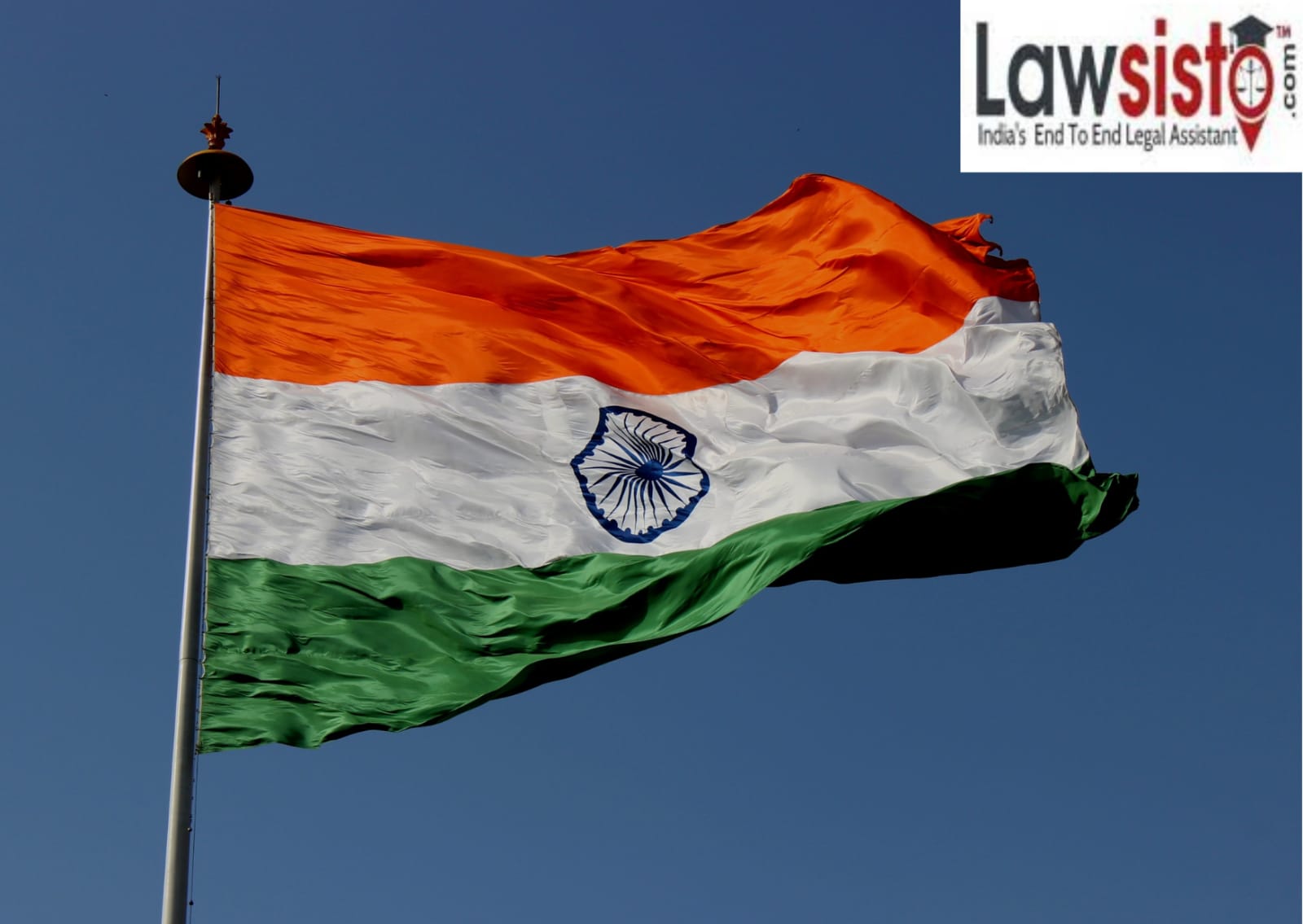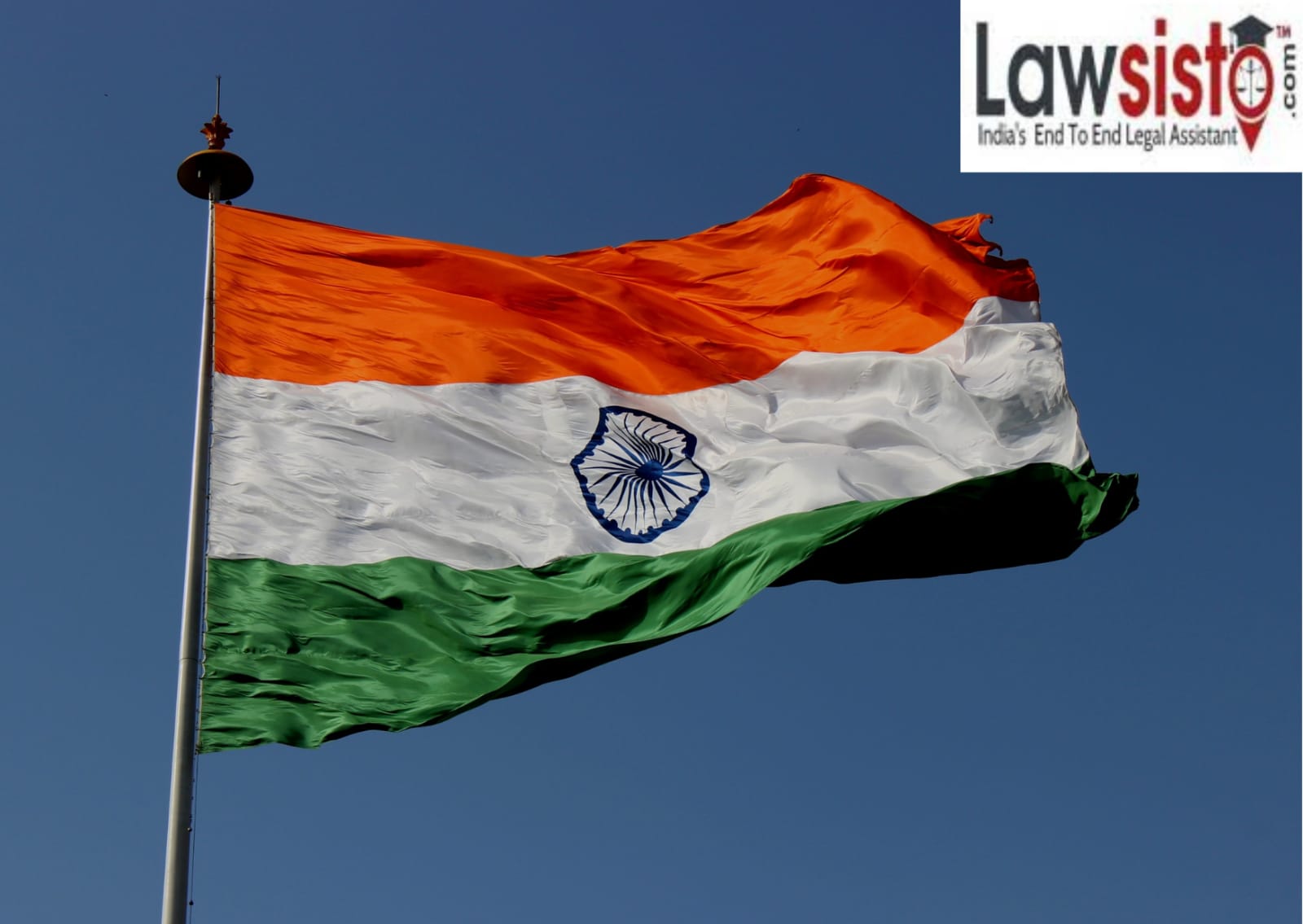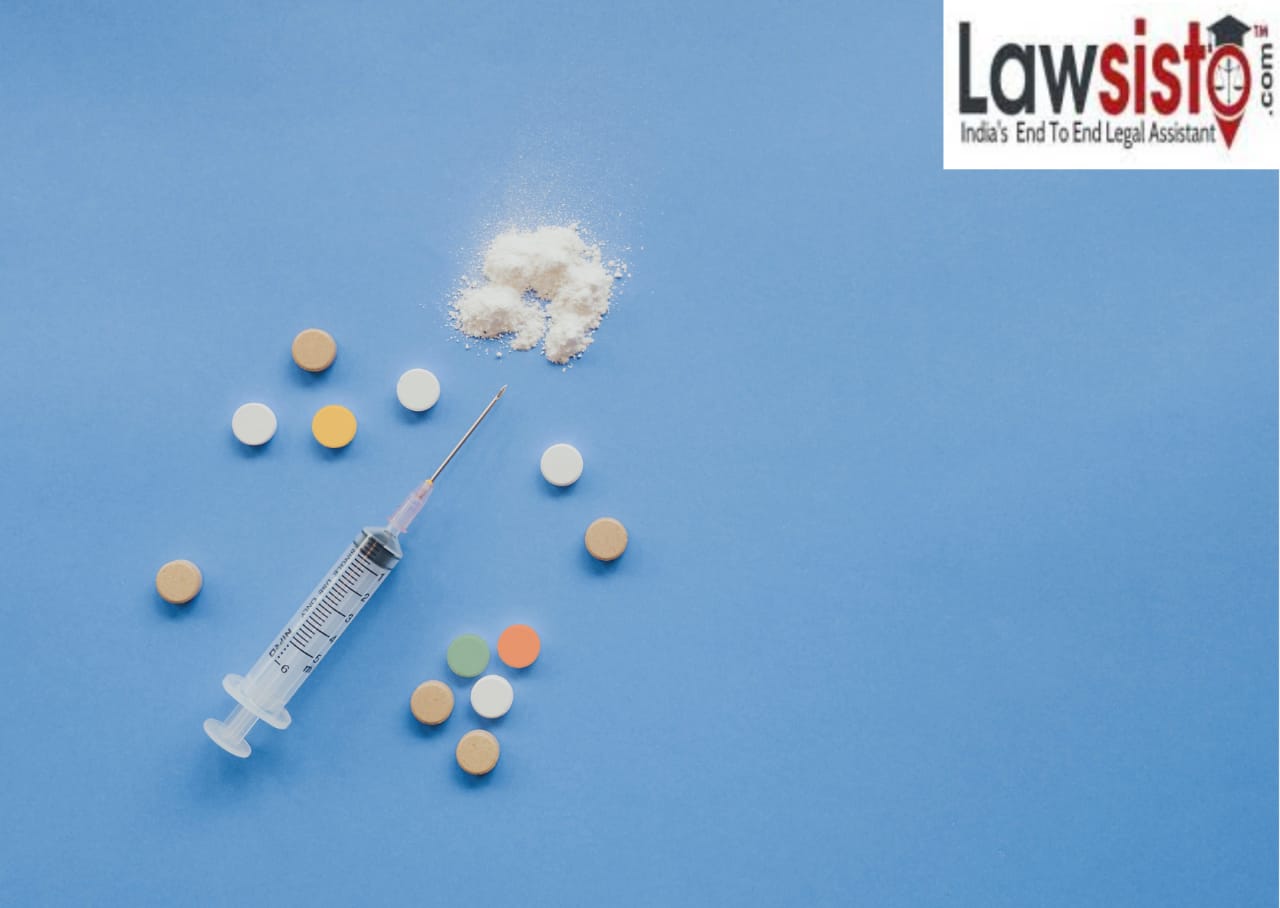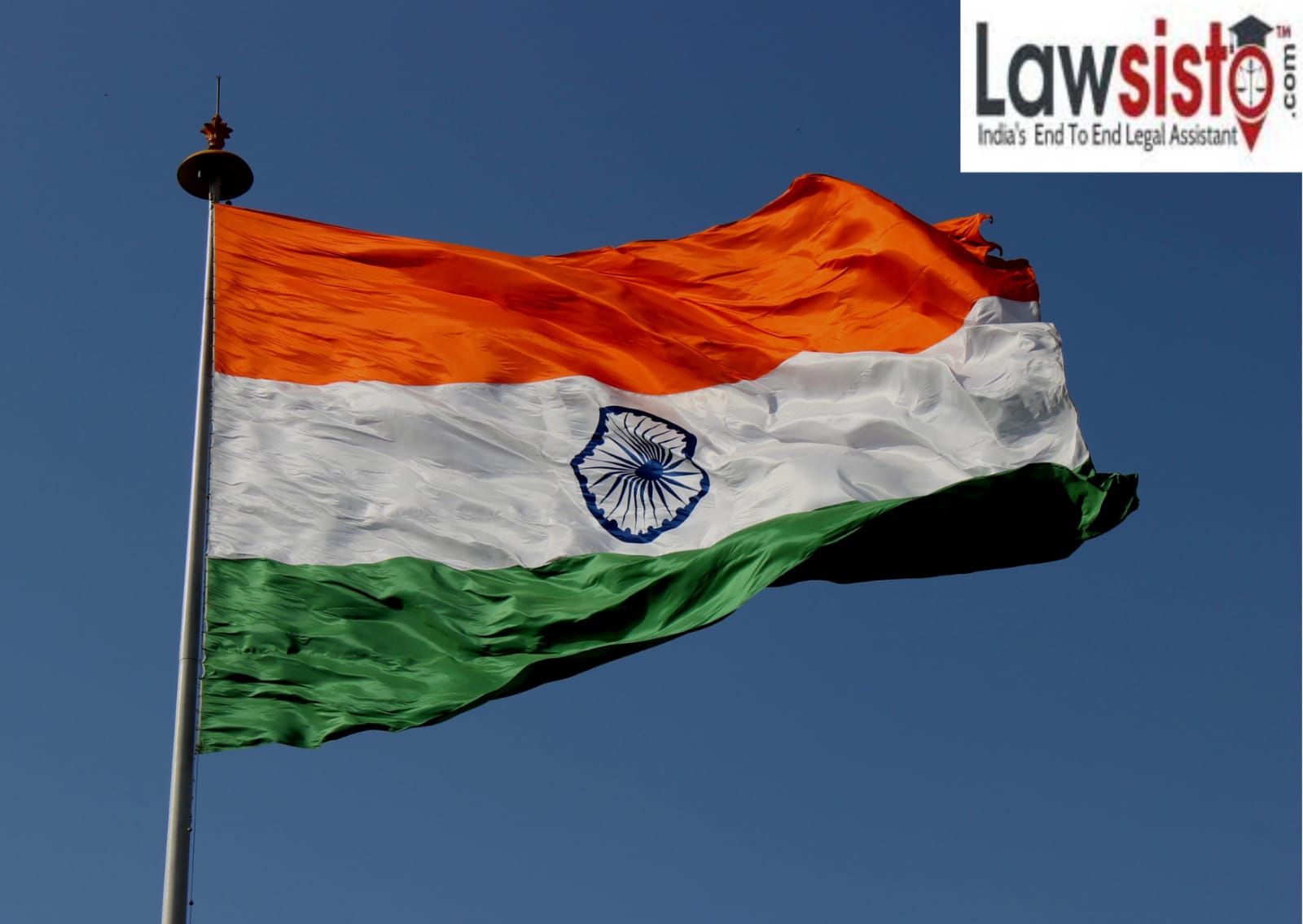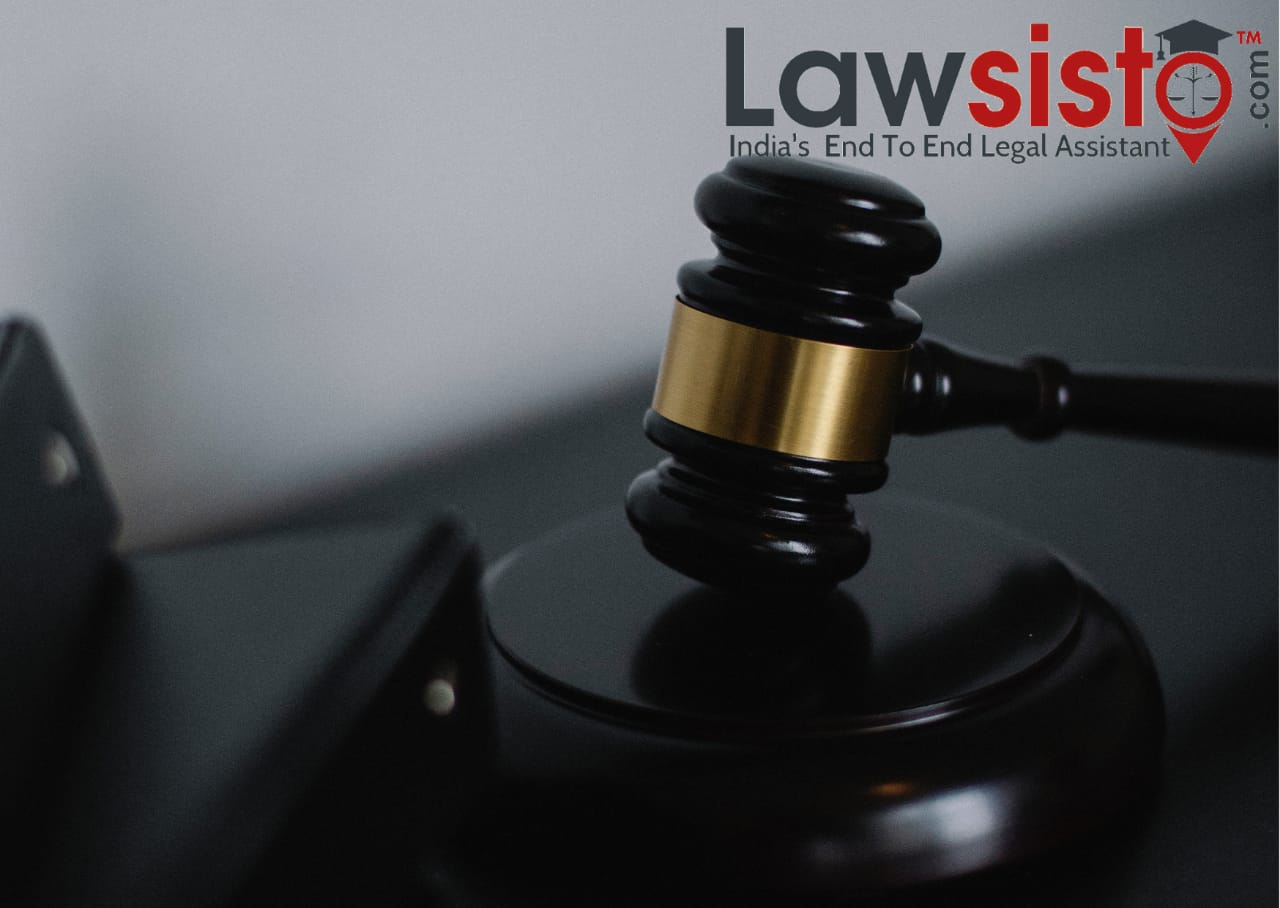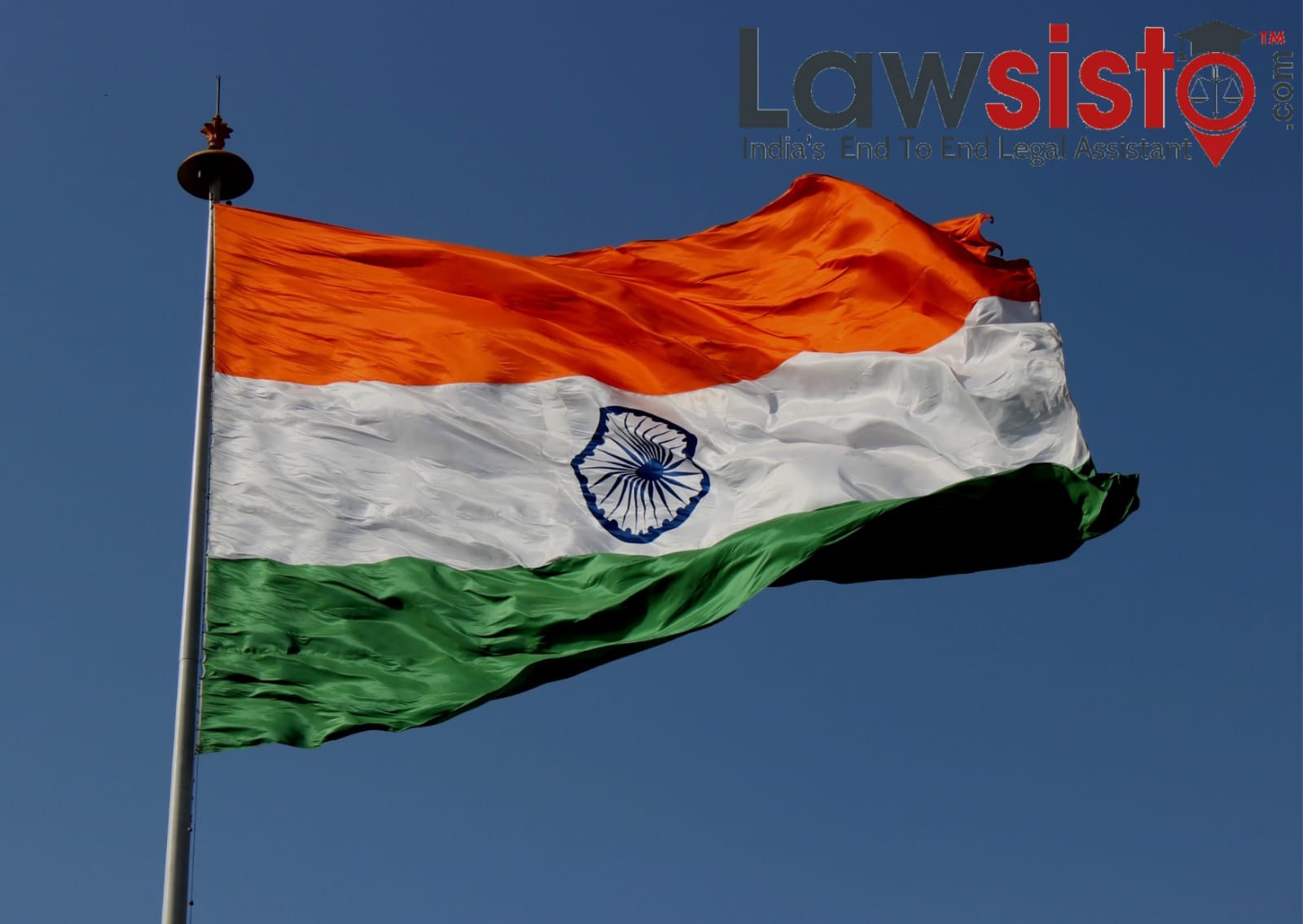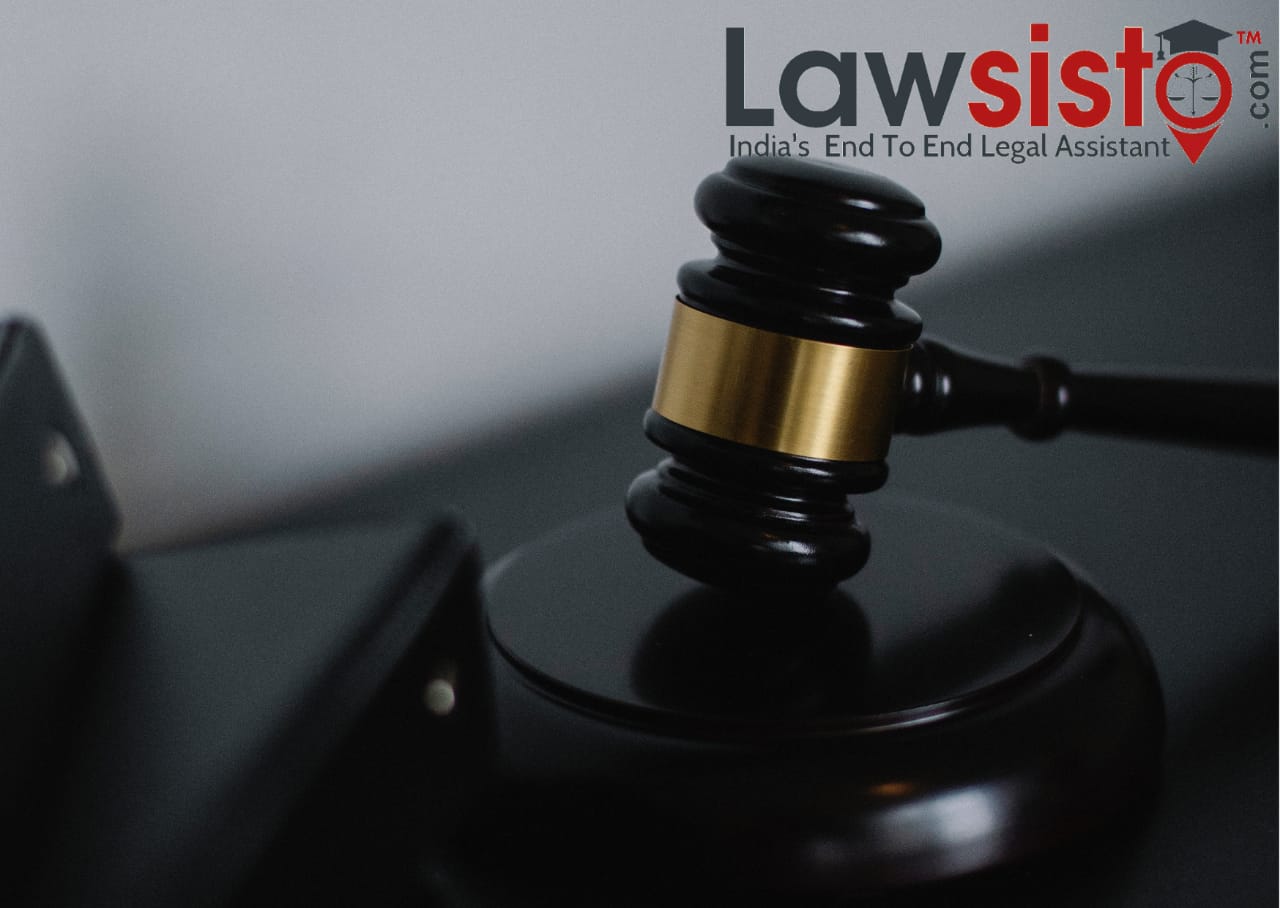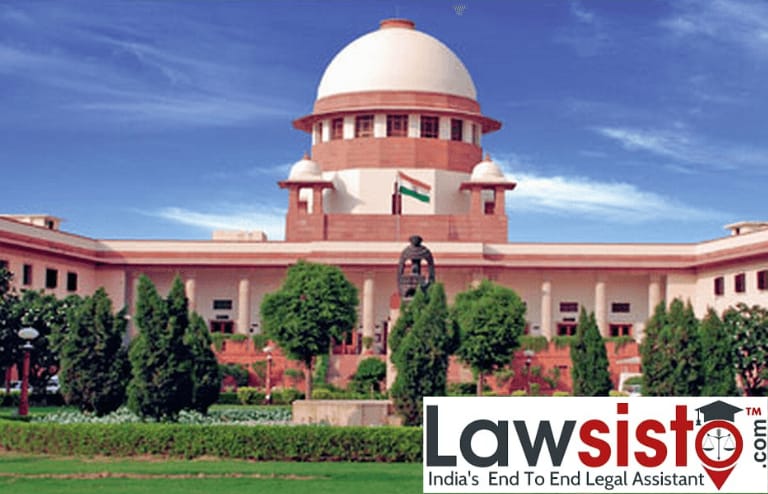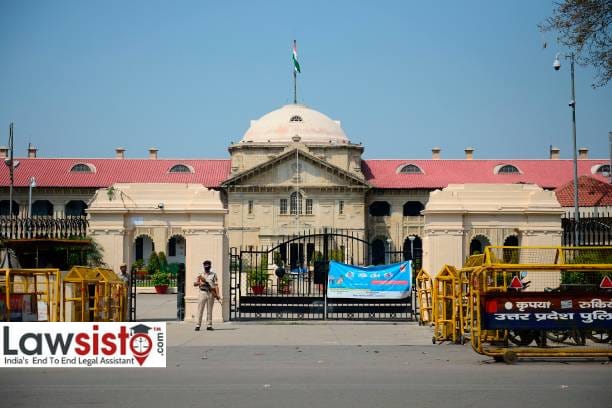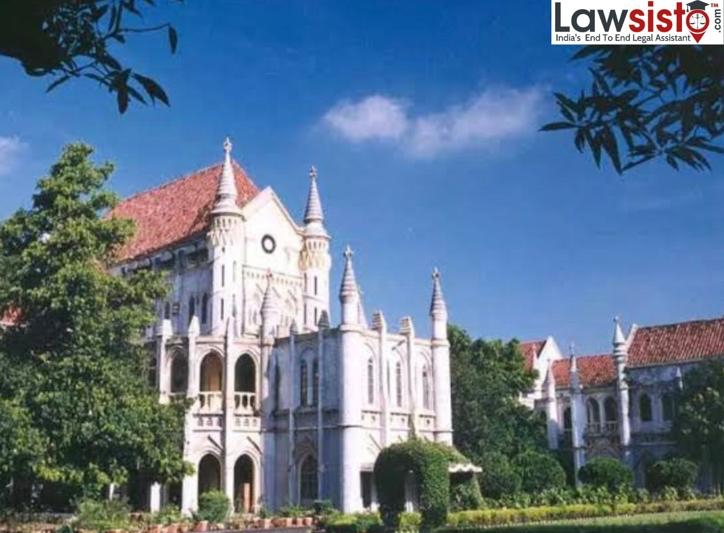Latest News
Scope Of The Doctrine Of Accumulation Under The Transfer Of Property Act, 1882

Doctrine of accumulation is a way to restrain the enjoyment of property. According to Section 17(1), if the conditions of the transfer of property direct the income that arises out of the property to be accumulated either wholly or in part for a period of time that is longer than the lifetime of transferor or for a period of 18 years shall be considered to be void. These conditions are alternative and not a combination, such as the lifetime of transferor and 18 years. This Section sets limits for the direction of accumulation such as lifetime of transferor and as well as a time period of 18 years. This principle is derived from Theluson v. Woodford[1]. However, the registration of documents is compulsory as mentioned under Section 17.[2]
The enactment of Section 10 to 17 of TOPA is for free alienation and circulation of property.[3]A direction for the accumulation with gift is not considered to be profoundly wrong, it is said to be a failure in case it is offending an independent rule of Hindu Law[4]. In instances of religious endowment, direction of accumulation shall not be held illegal when the direction is not made for the advantage either for the settlor or for the family members or when the object is reasonable without the opposition by public policy.[5]
Section 17 is enacted on the terms based in English law, which are now combined in Sections 164-166 of the Law of Property Act, 1925[6]that are reenacted with certain changes[7]. The purpose of invalid provision is to make the accumulation void if it surpasses two statutory limits. However, the accumulation disobeying the period as per the statute is void only to that extent.
Under the Mahomedan Law, the provision for accumulation will make sure that it is for the advantage of the charitable purpose and shall not transgress the rule of perpetuities. The validation of the object of wakf comes from the presentation of Fateha that includes the involvement of expenditure.[8]The direction of accumulation of income in wakf is considered to a valid one.[9]
In instances, where the direct for accumulation of income is exceeding the time period specified, and nonetheless authorizes the transferee to disregard the time period but without causing any defect to the transfer, then Section 17 will make this valid. If the time period varies in few cases, then maximum amount of time to be permitted will be based on the facts. Either the lifetime of transferor or 18 years whatsoever is longer will be applied.
The exceptions mentioned under Section 14,16 and 17 shall not apply to cases where transfer of property is for the public benefit with respect to advancement of religion, knowledge, commerce, health, safety or any such beneficiaries. Similarly, rule of perpetuity would not apply. This exclusion is incorporated in the Hindu law.[10]The main purpose of this Section is to distinguish transfer of commercial and personal nature.
Idol is not considered to movable property. An image that is considered as a legal and spiritual entity would not be called a property that is subject to gift.[11]A gift made for the purpose of dharma is void and not certain.[12]Settlements for religious purposes[13], worship[14]or formation of wakf[15]are good in law if there is no violation of rule against perpetuity. Whereas, a gift made for the usage of playground for children or gymnasiums to endorse health will be considered as public purpose.
The property that is used for endorsing a hospital[16], eye care centers[17], places offering medical facilities will be exempted from the rule against perpetuity. So, under these circumstances the doctrine of accumulation of income shall remain inapplicable as it is meant for the purpose of the public benefit.
[2]Ashwatthamma v. Ramakka, (2011) 1 AIR Kant R 829: (2011) 3 ICC 323
[3]K. Muniswamy since deceased by L.Rs., v. K. Venkataswamy, AIR 2001 Kant246 (248): 2000 96) Kant LJ 487; Vencatachellum v. Kabalamurthy, AIR 1955 Mad 350 (358)
[4]Watkins v. Admr. GL., AIR 1920 Cal 951 (954)
[5]Bhabatarini Debi v. Ashmantara Debi, AIR 1938 Cal 490 (496): 179 IC 847
[7]Accumulation Act of 1800, Thellusson Act
[8]Ramanadham v. Vada Levvai, (1911) 34 Mad 12
[9]Ramanadham v. Vada Levvai, AIR 1916 PC 86 (89)
[10]Gopal Singh Visharad v. Zahoor Ahmed, 2011 (5) ADJ 281: 2011 (86) ALR 646: (2011) ILR All 387: 2011 (4) JCR 397 (All): (2011) 2 UPLBEC 1311
[11]Pradyumna Kumar v. Pramatha Nath, AIR 1923 Cal 708
[12]Runchordas v. Parvatibai, (1899) ILR 23 Bom 725
[13]Prafulla v. Jogendra Nath, (1905) 9 Cal WN 528
[14]Bhupati Nath v. Ram Lal, (1909) 37 Cal 128
[15]Muttu Ramanandan v. Vavaa, (1914) 40 Mad 16; Fazul Rabbi v. State of West Bengal, AIR 1965 SC 1722

